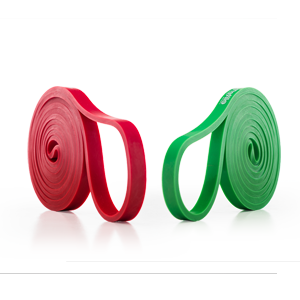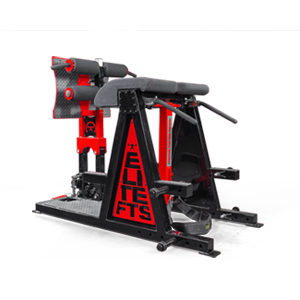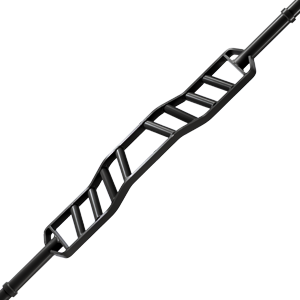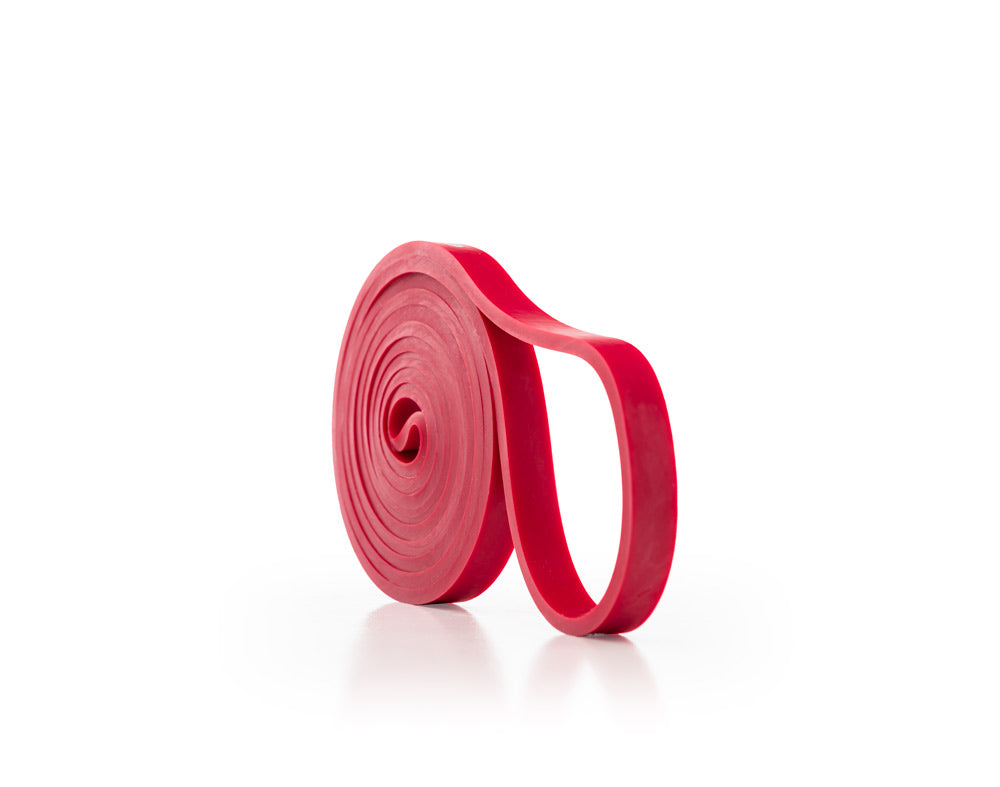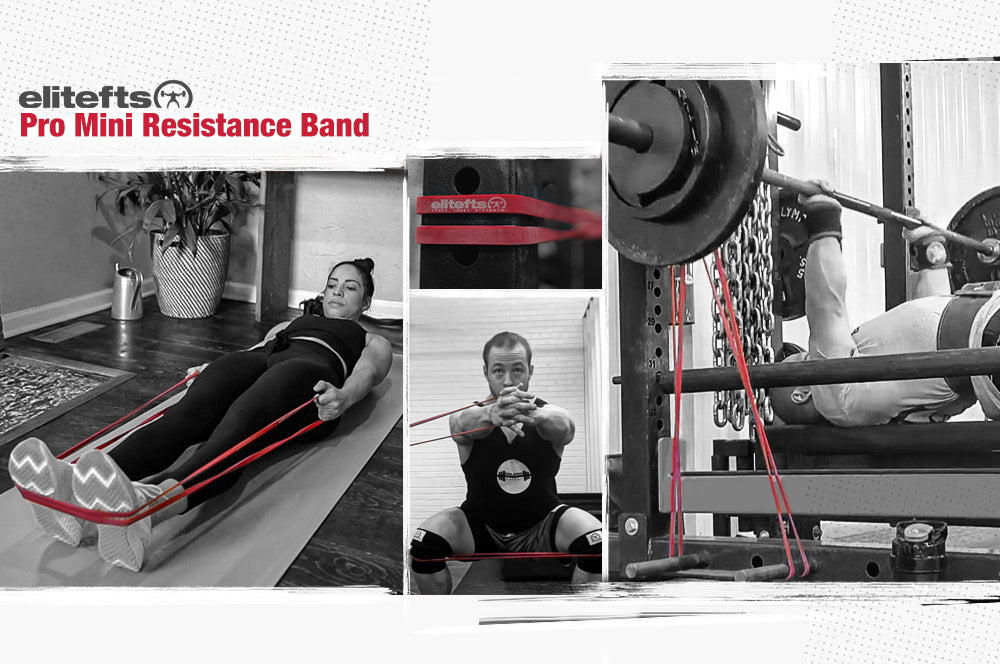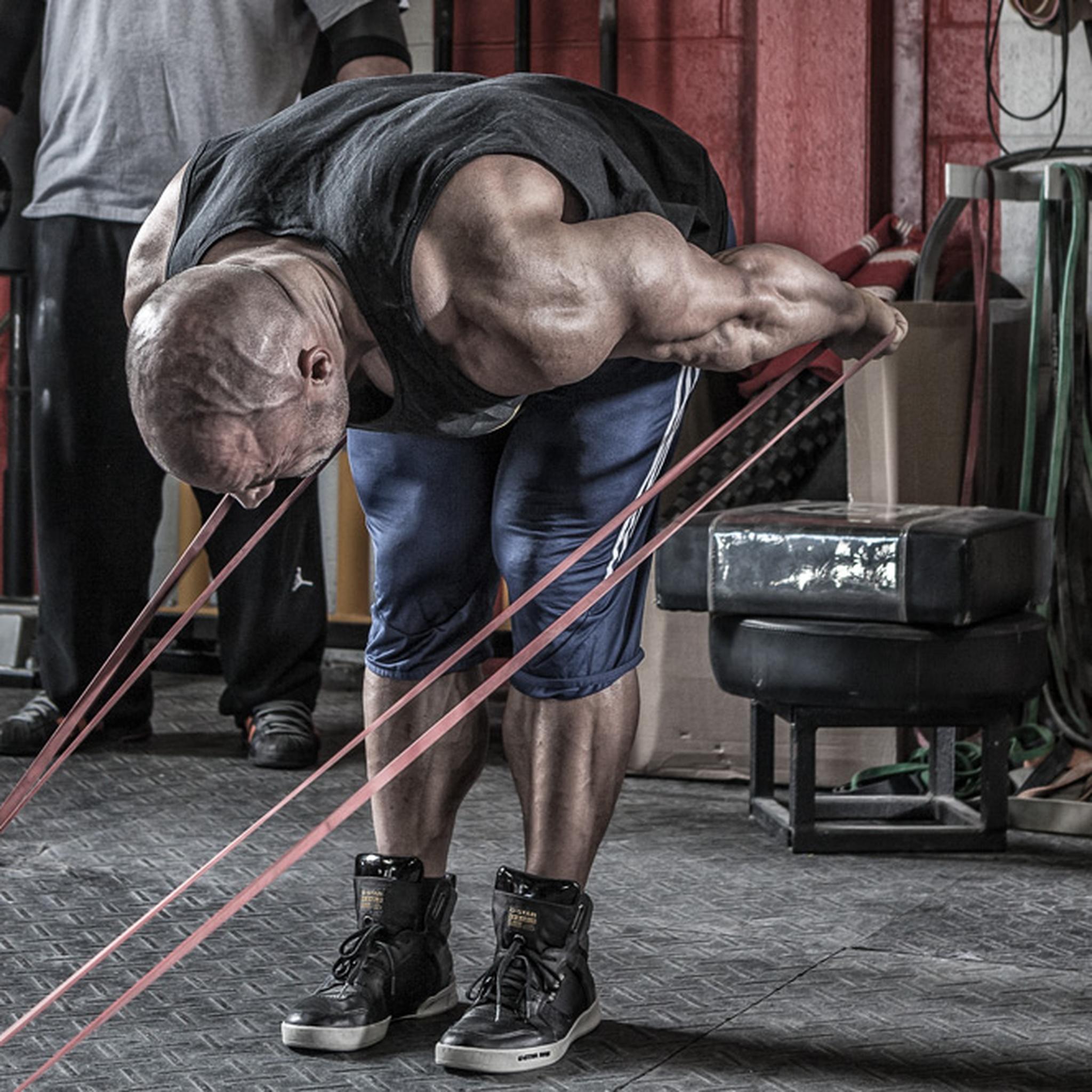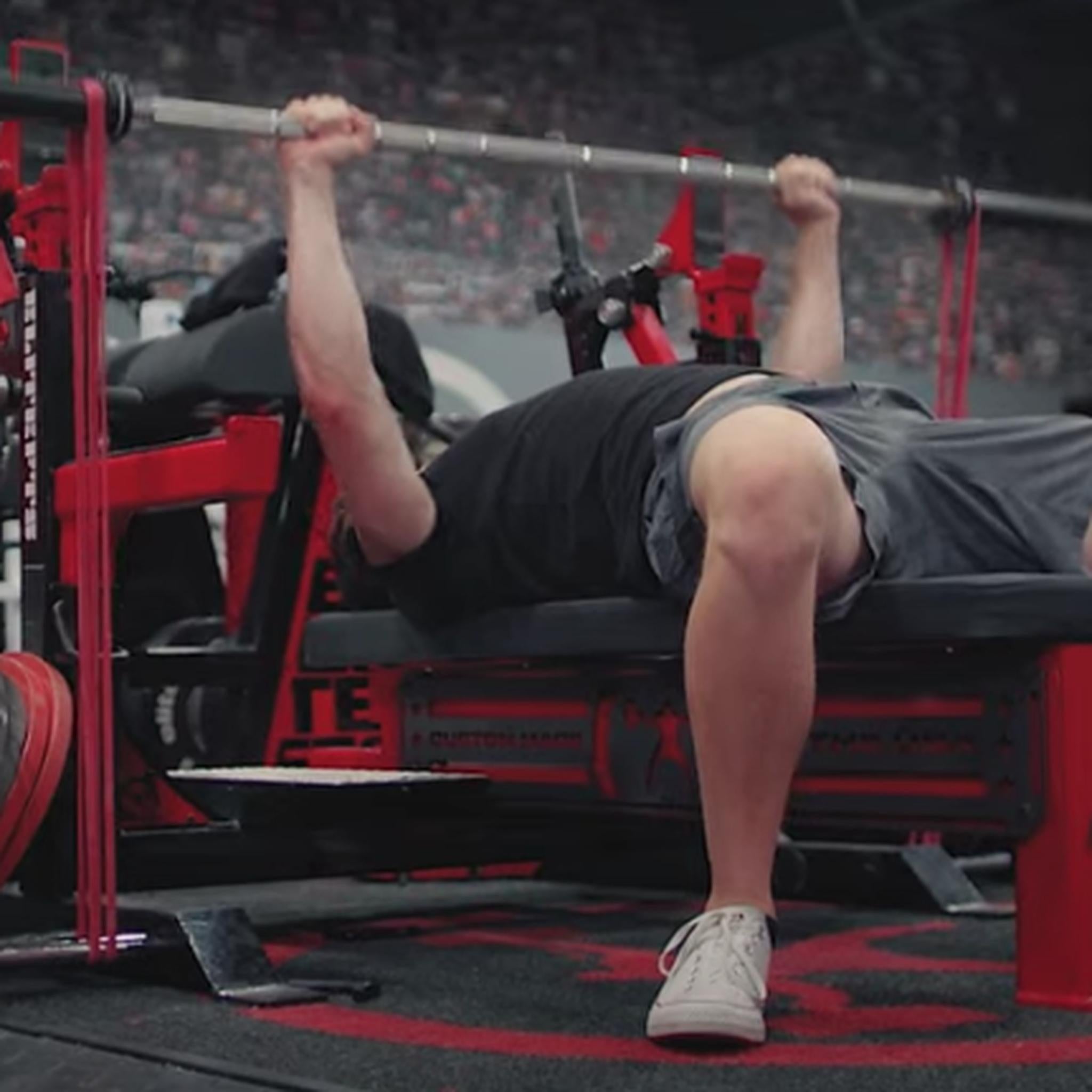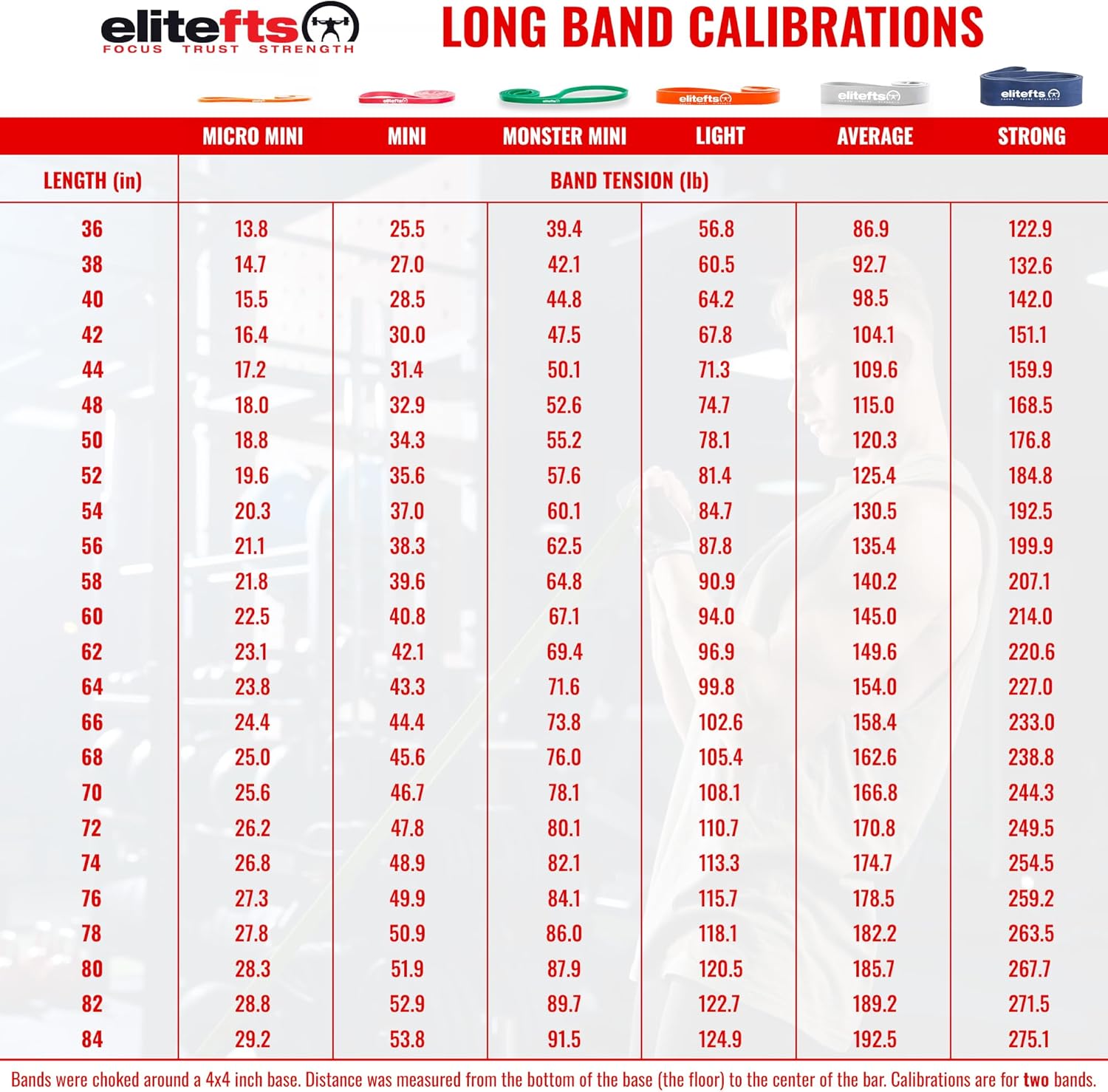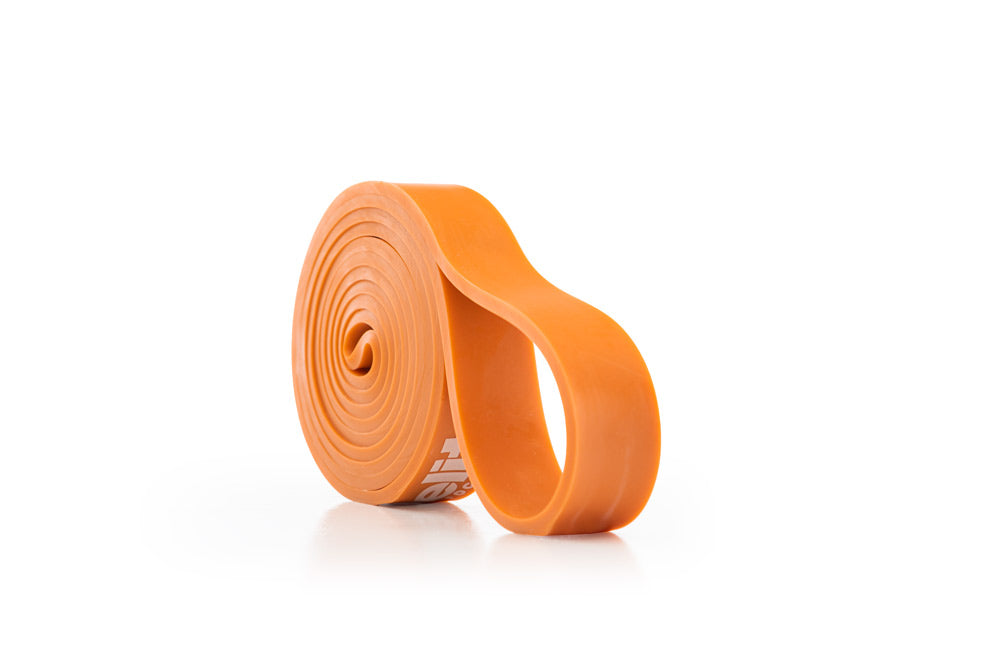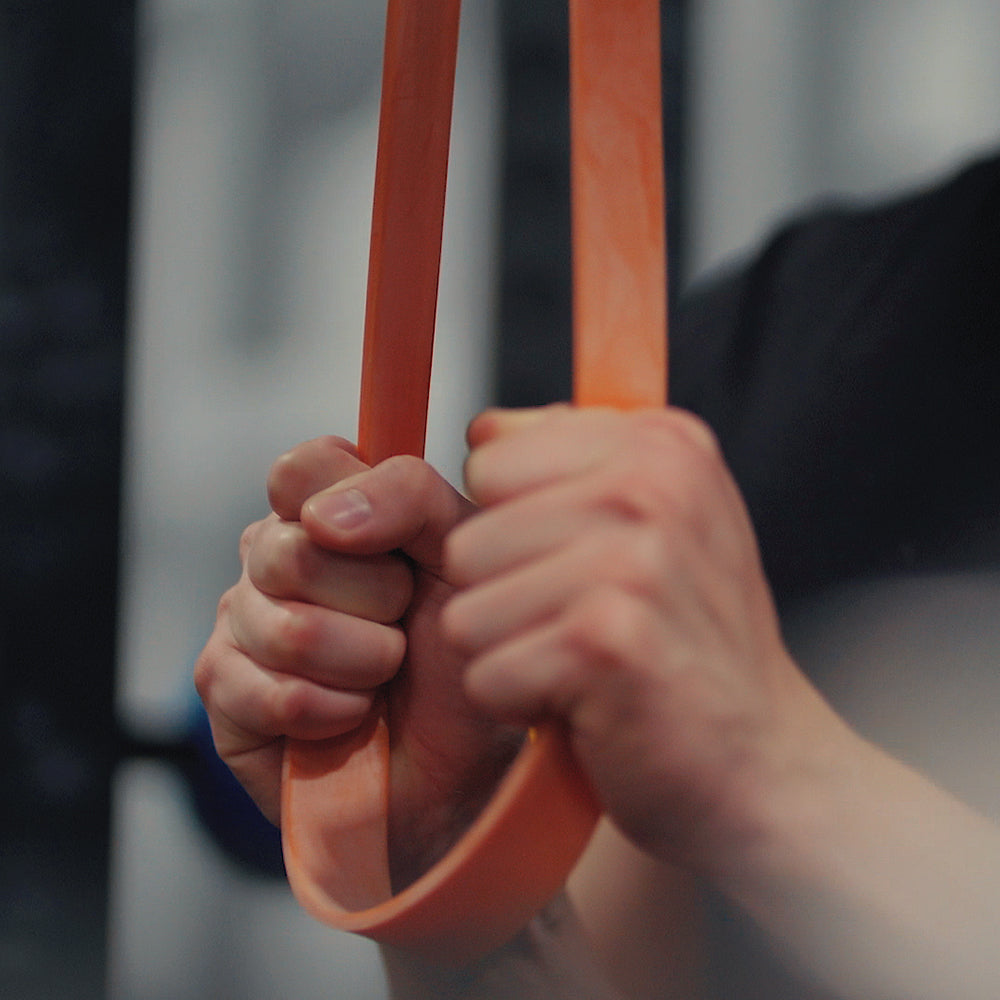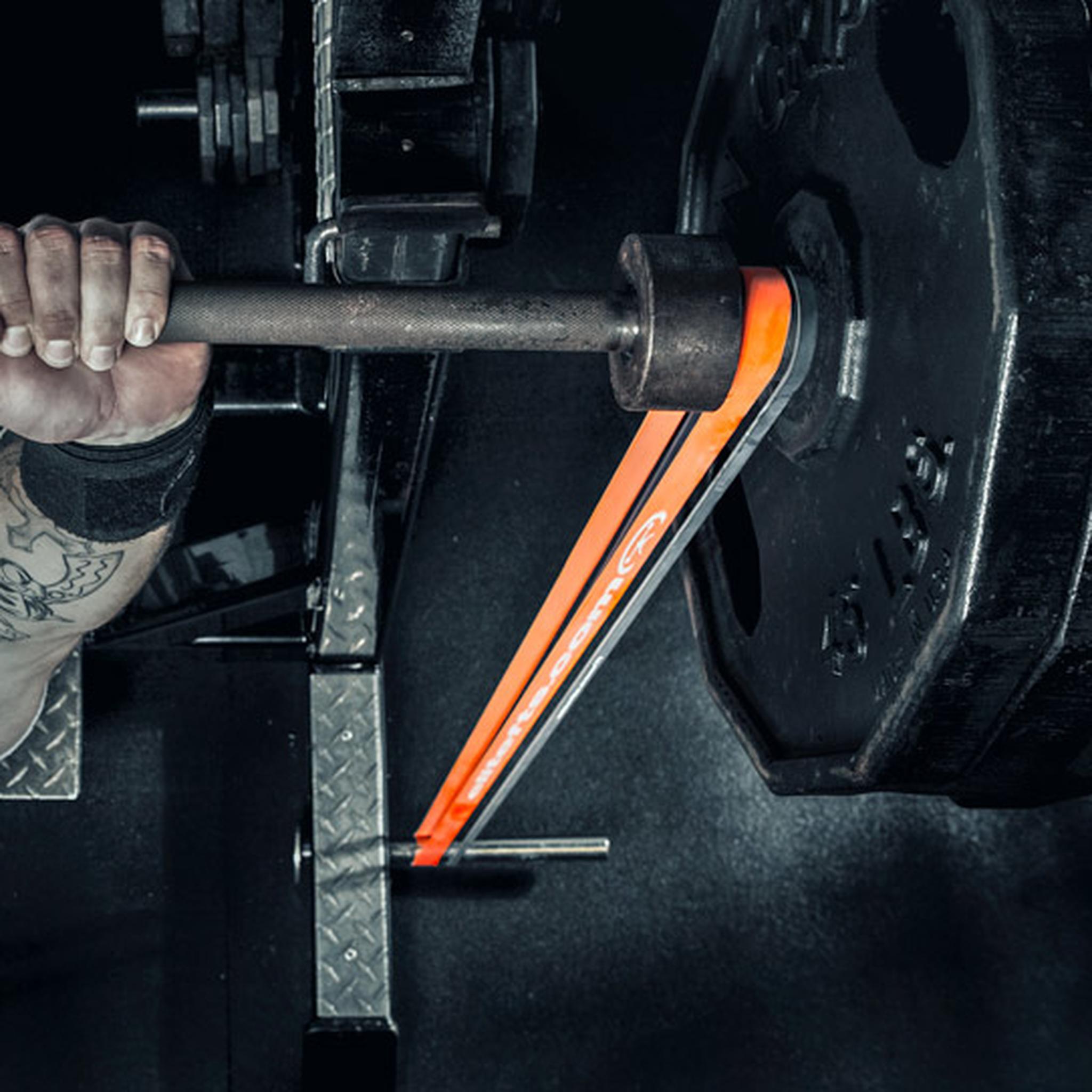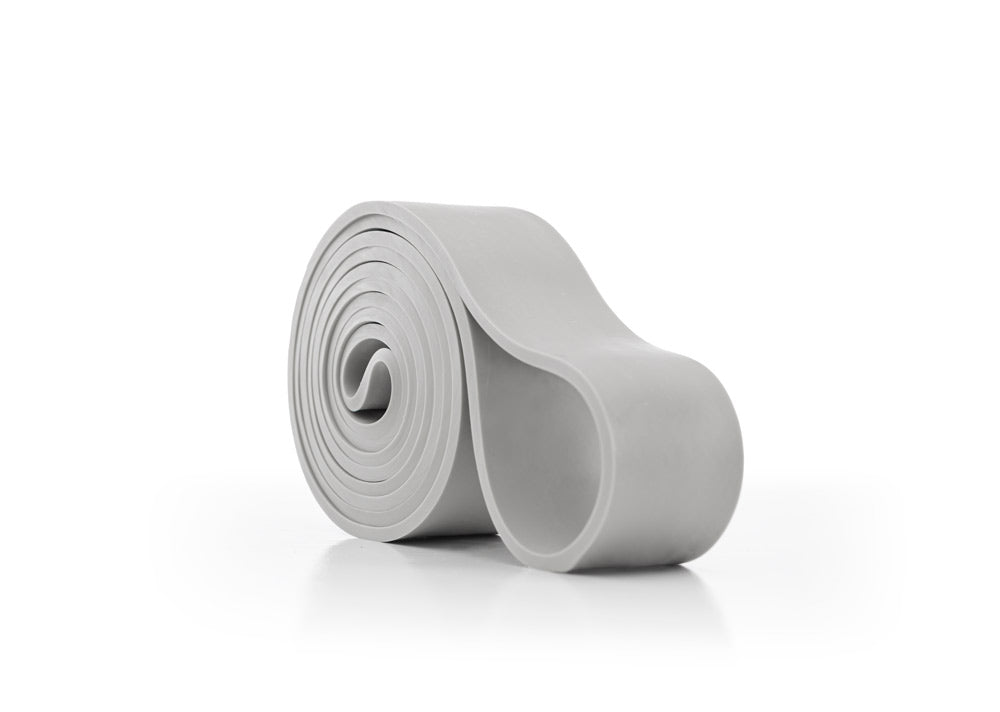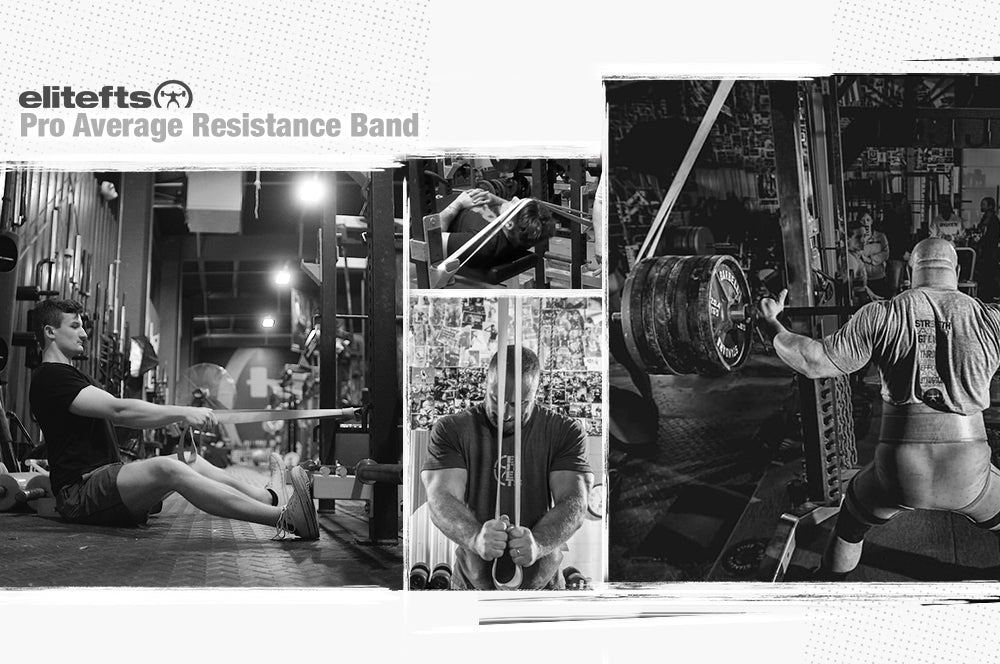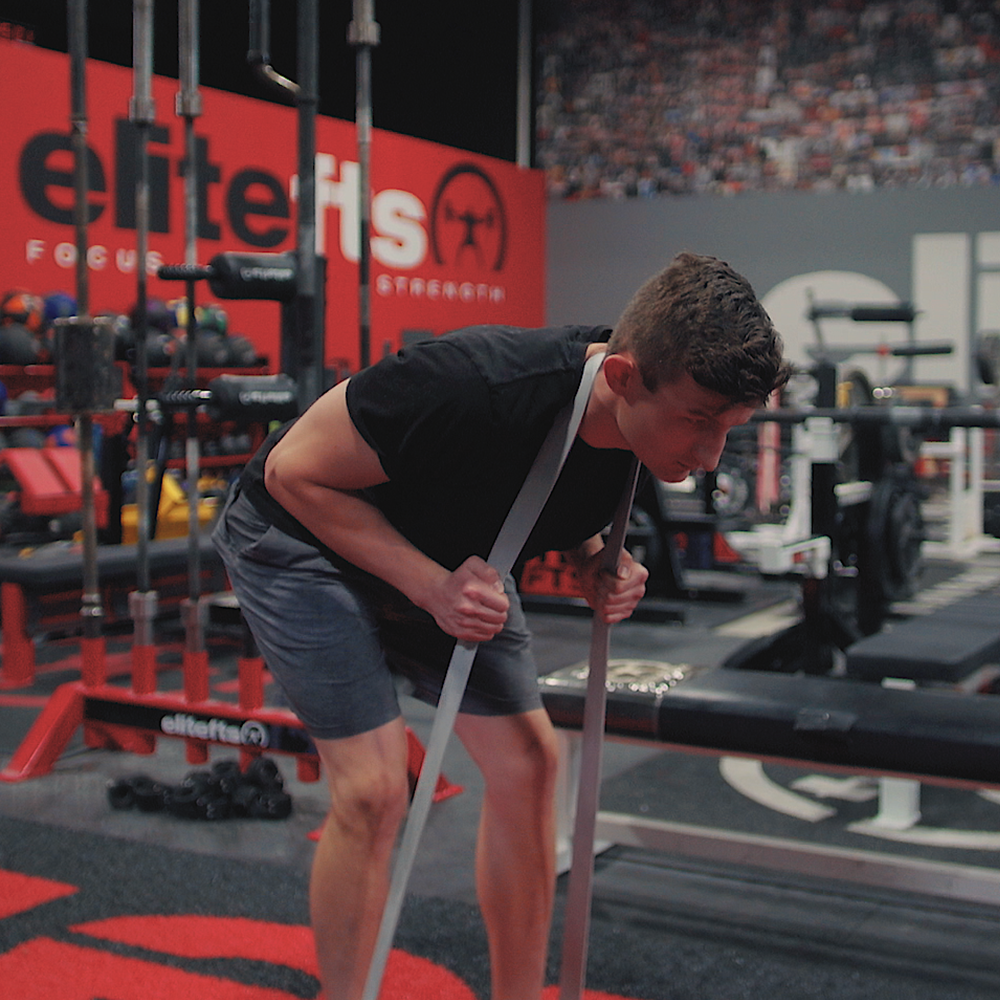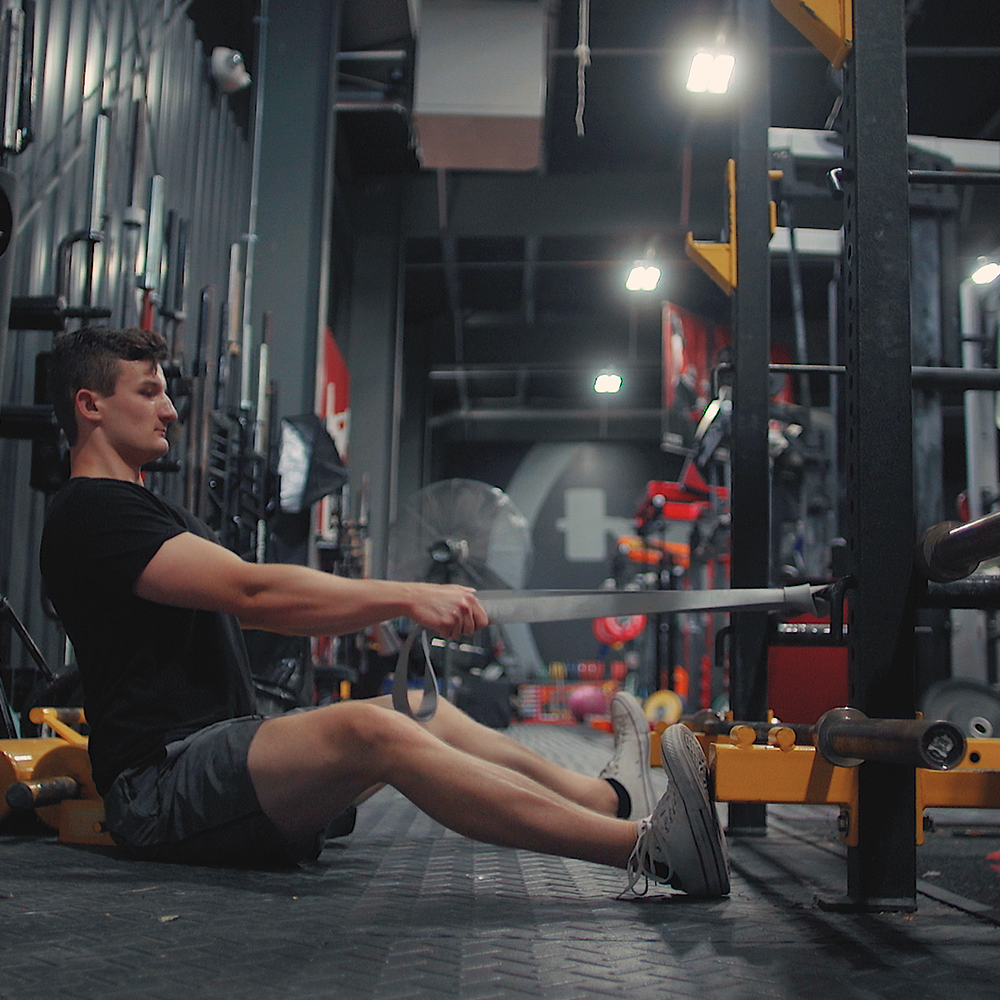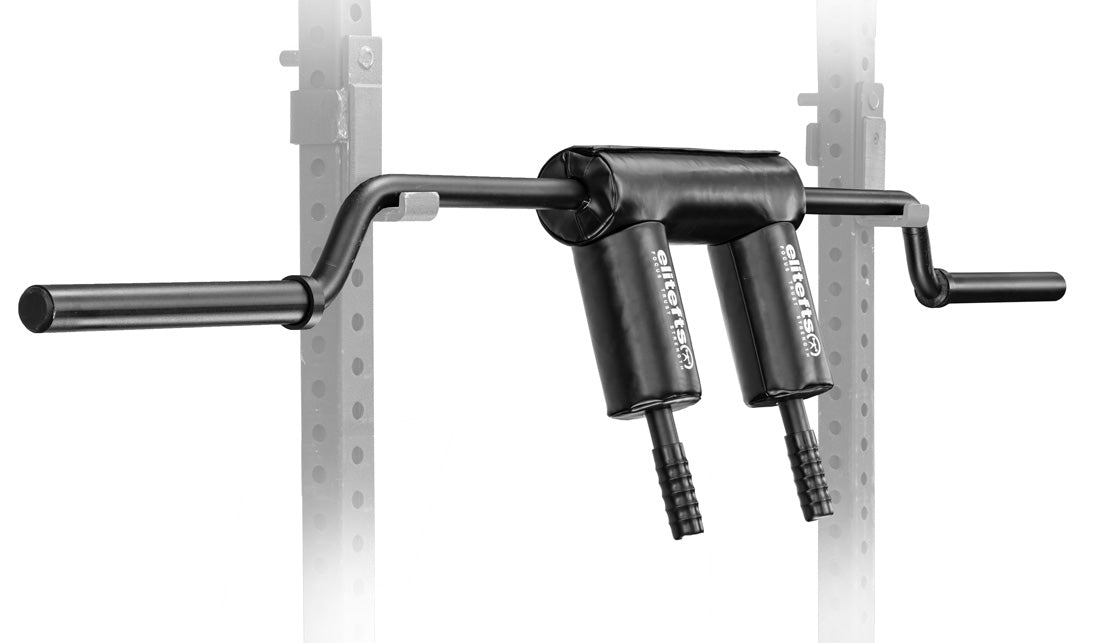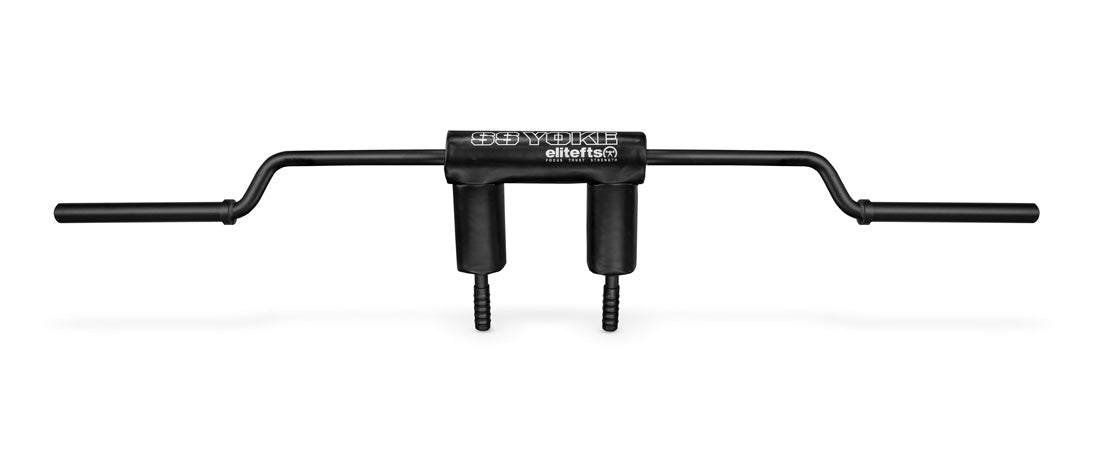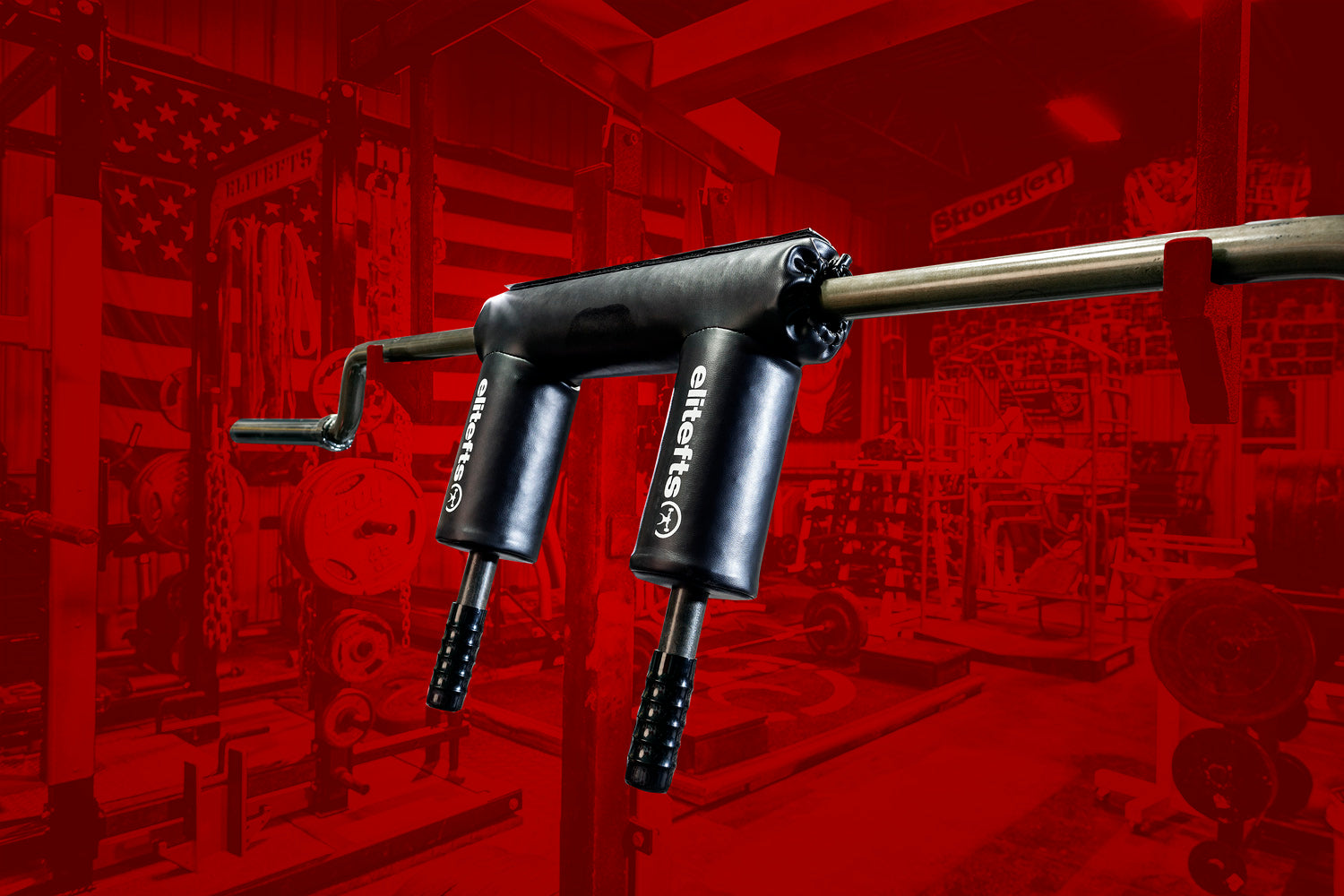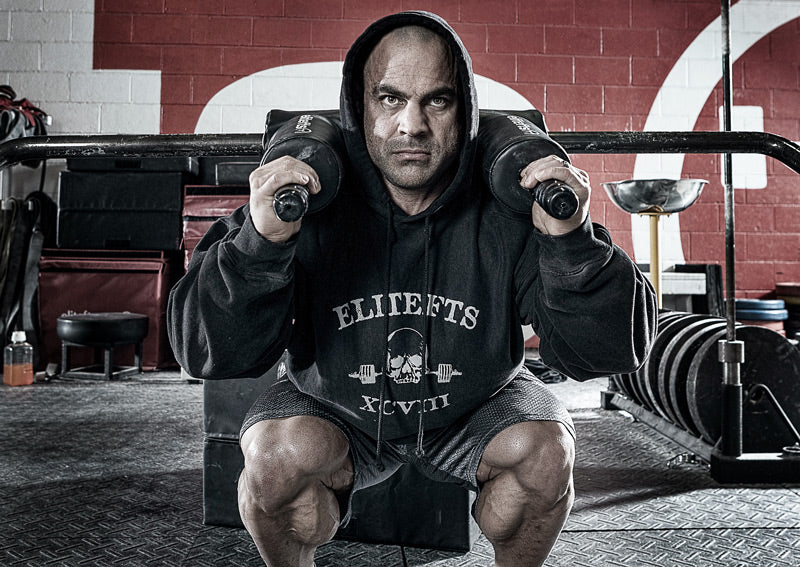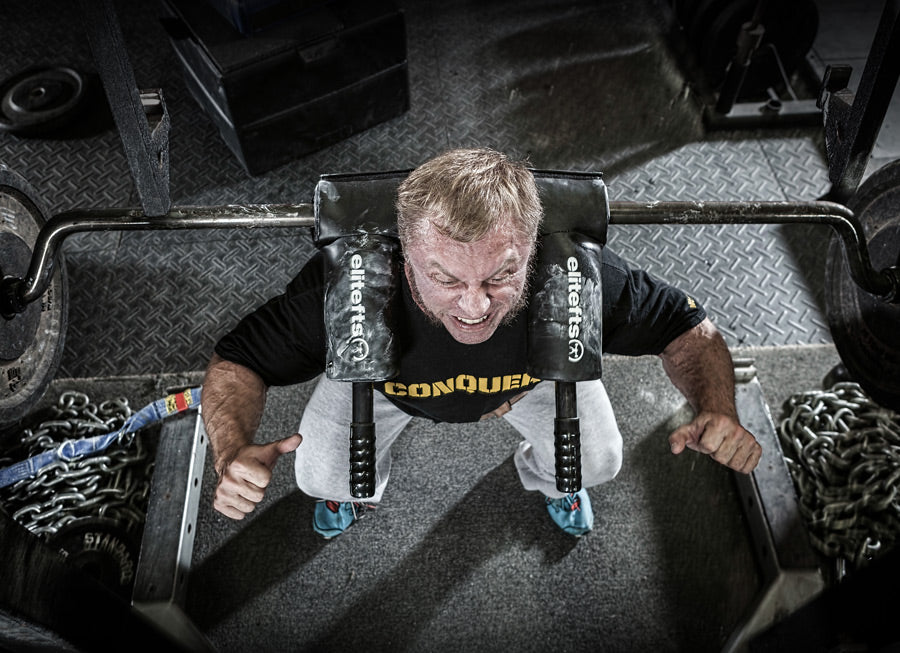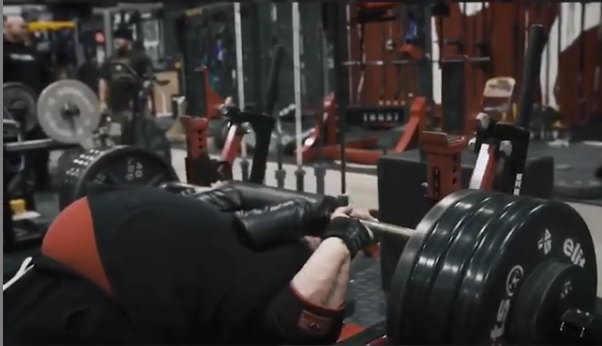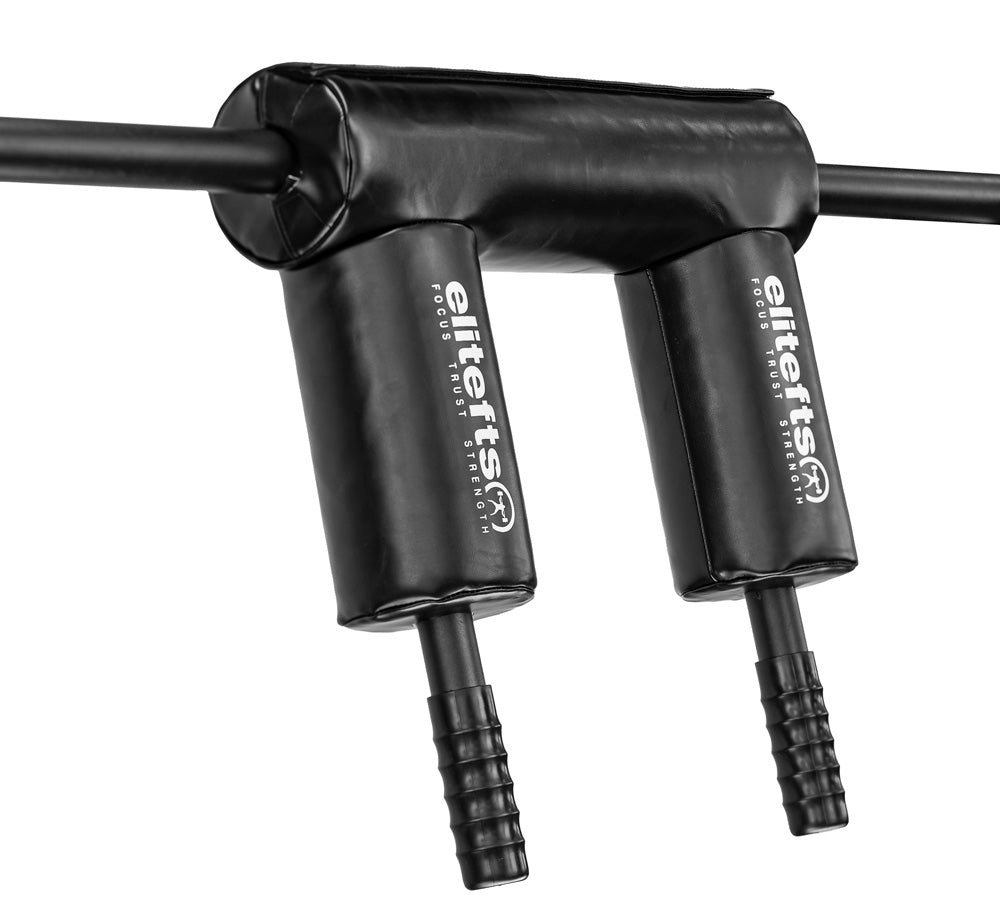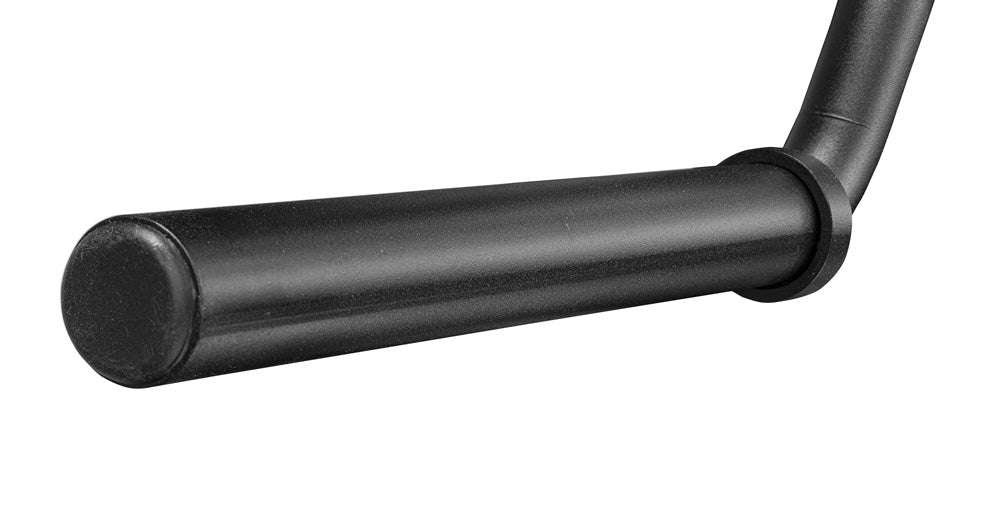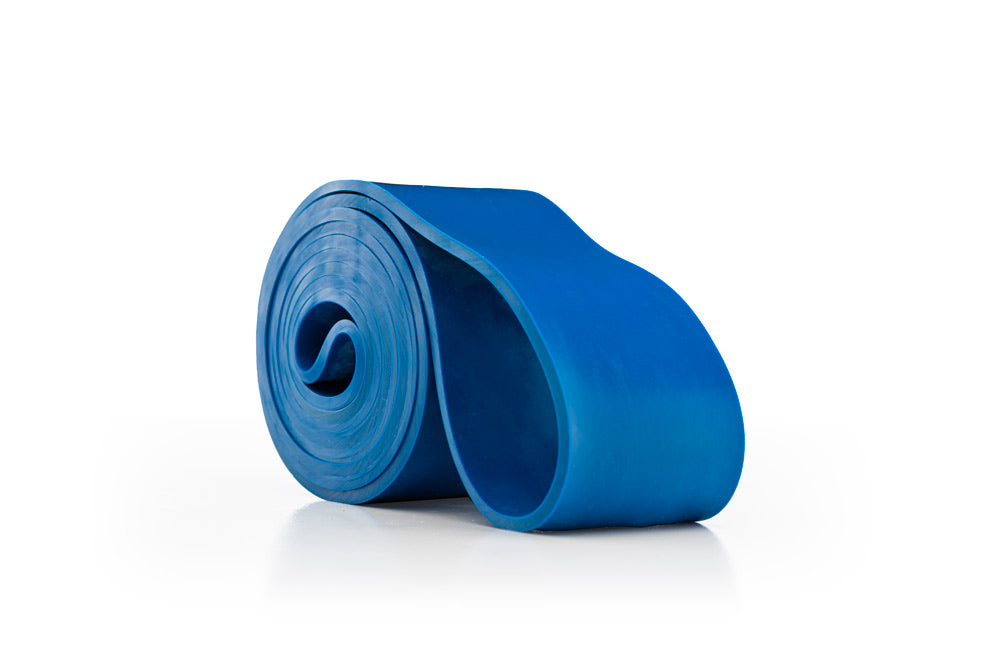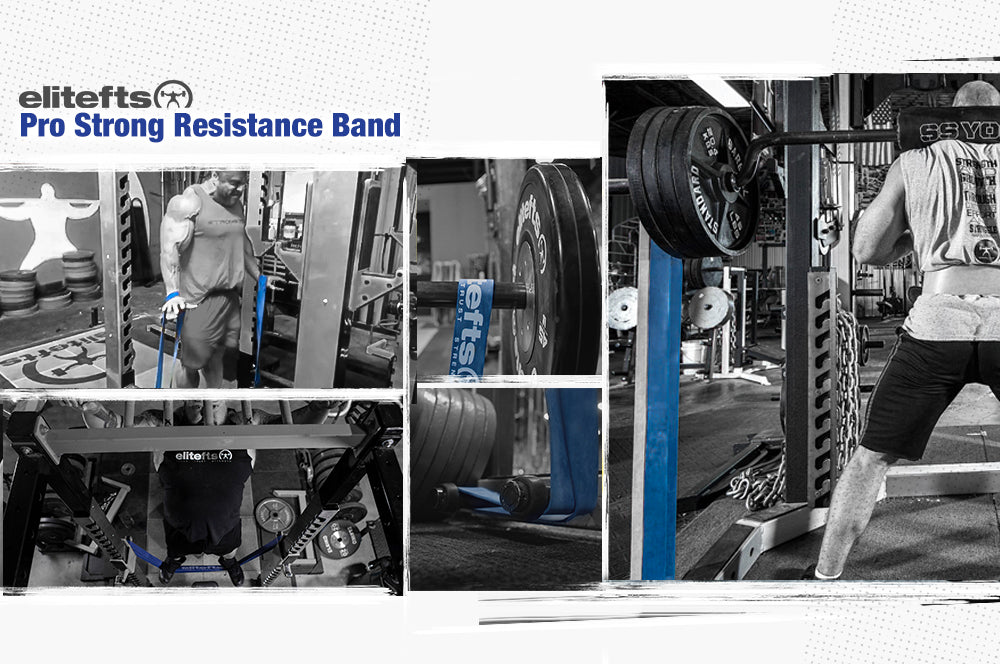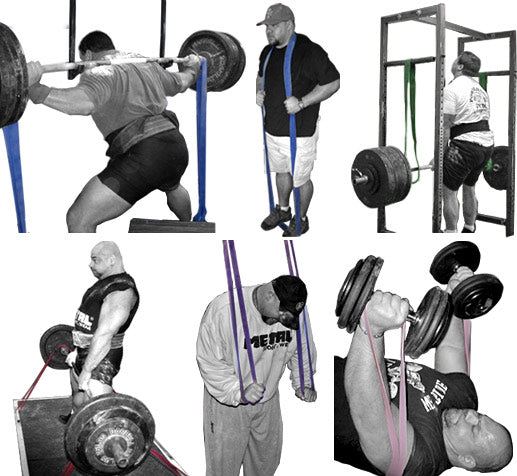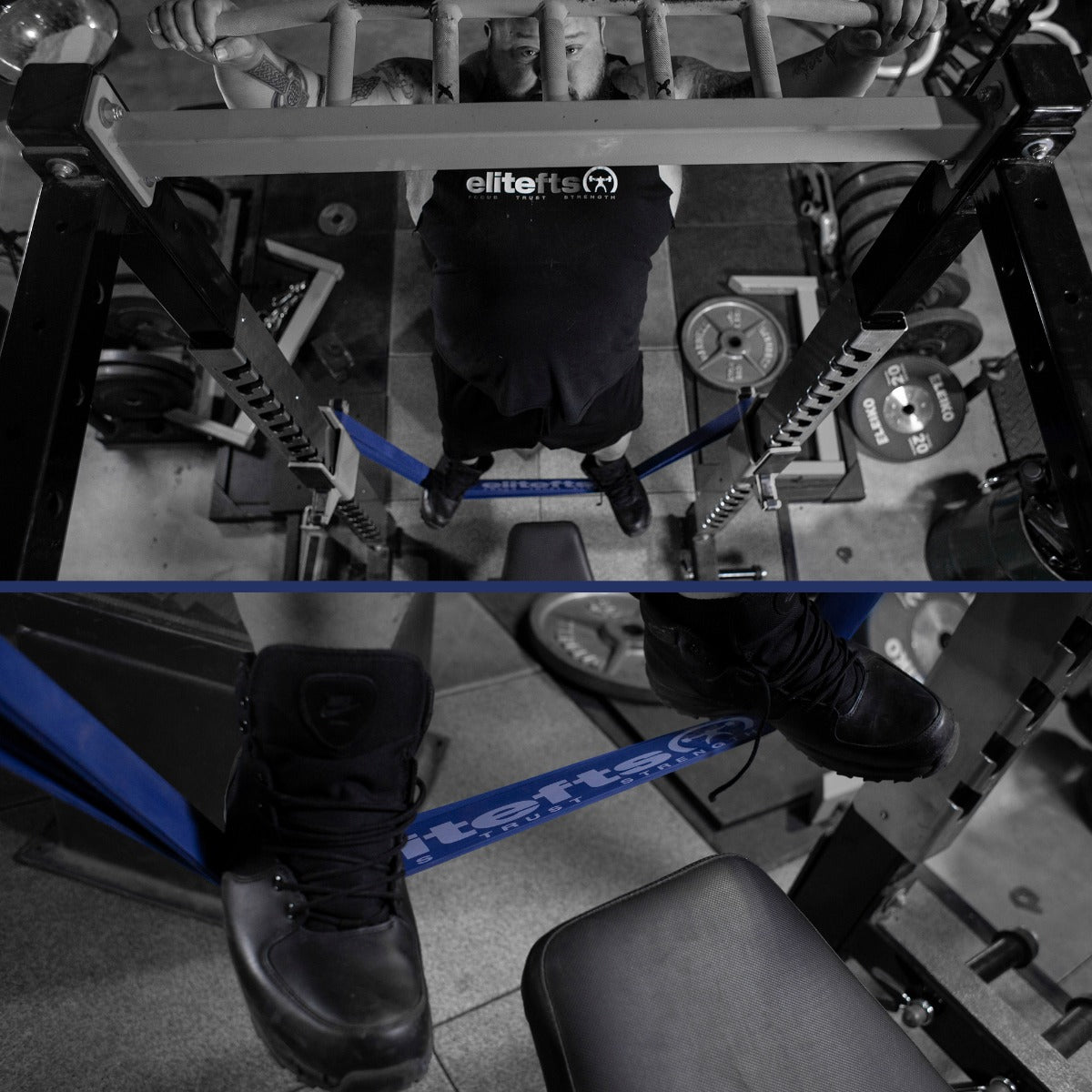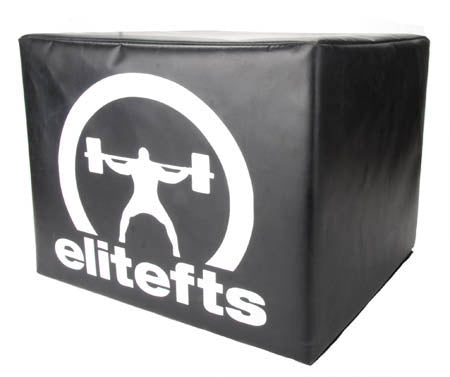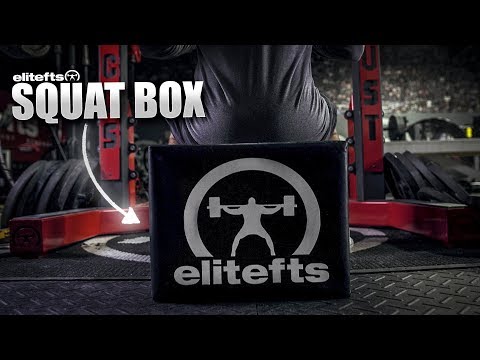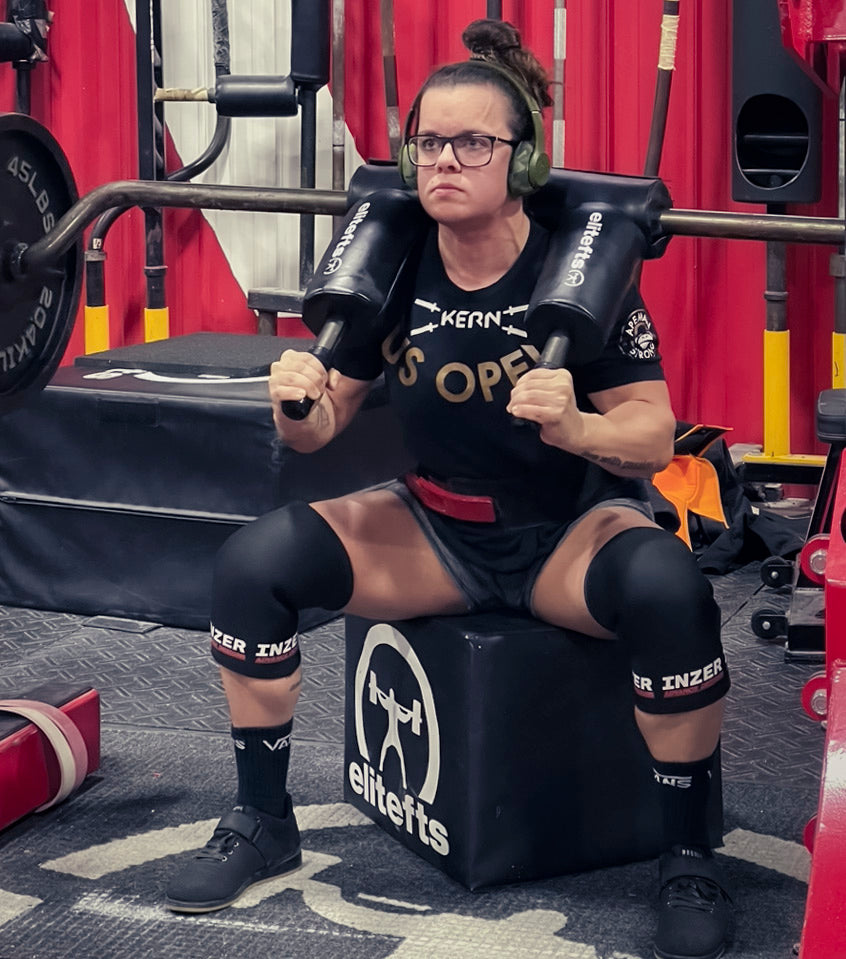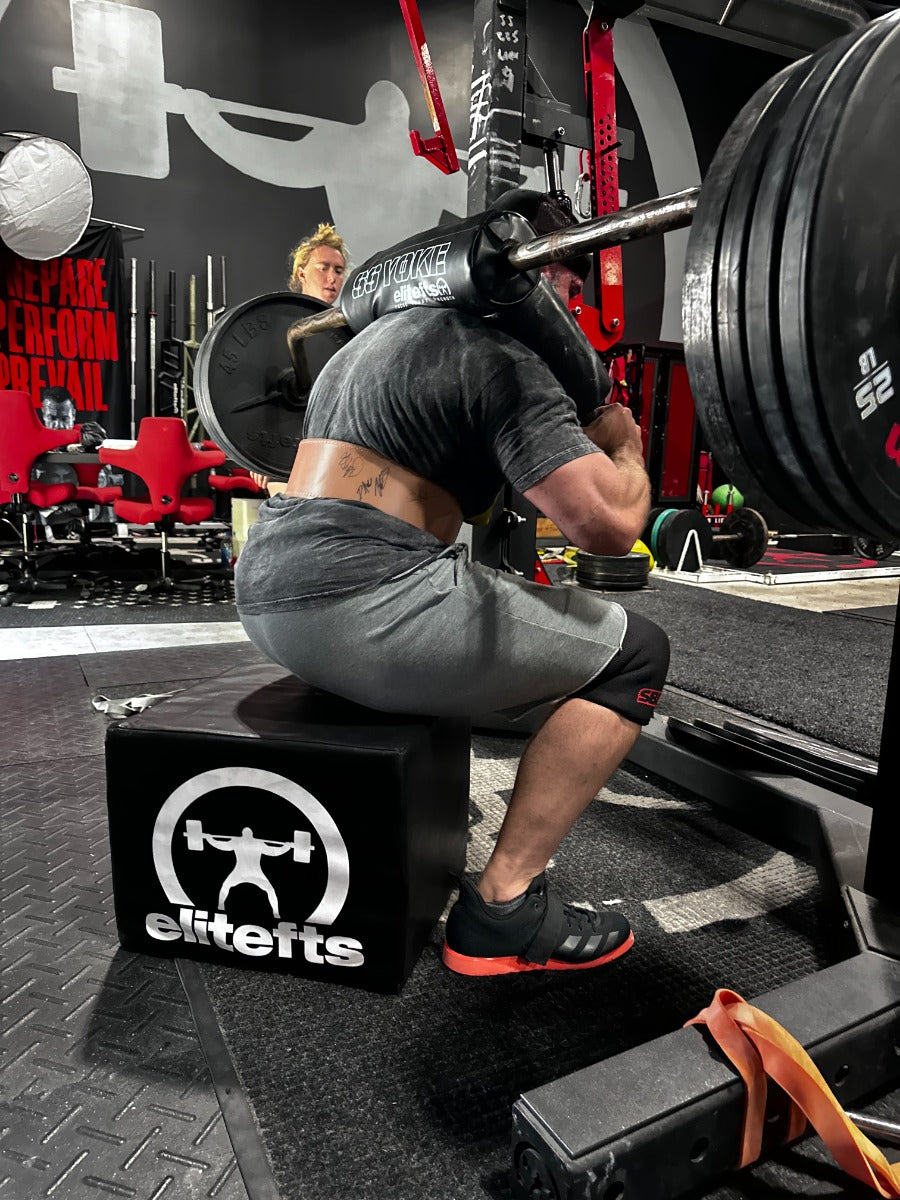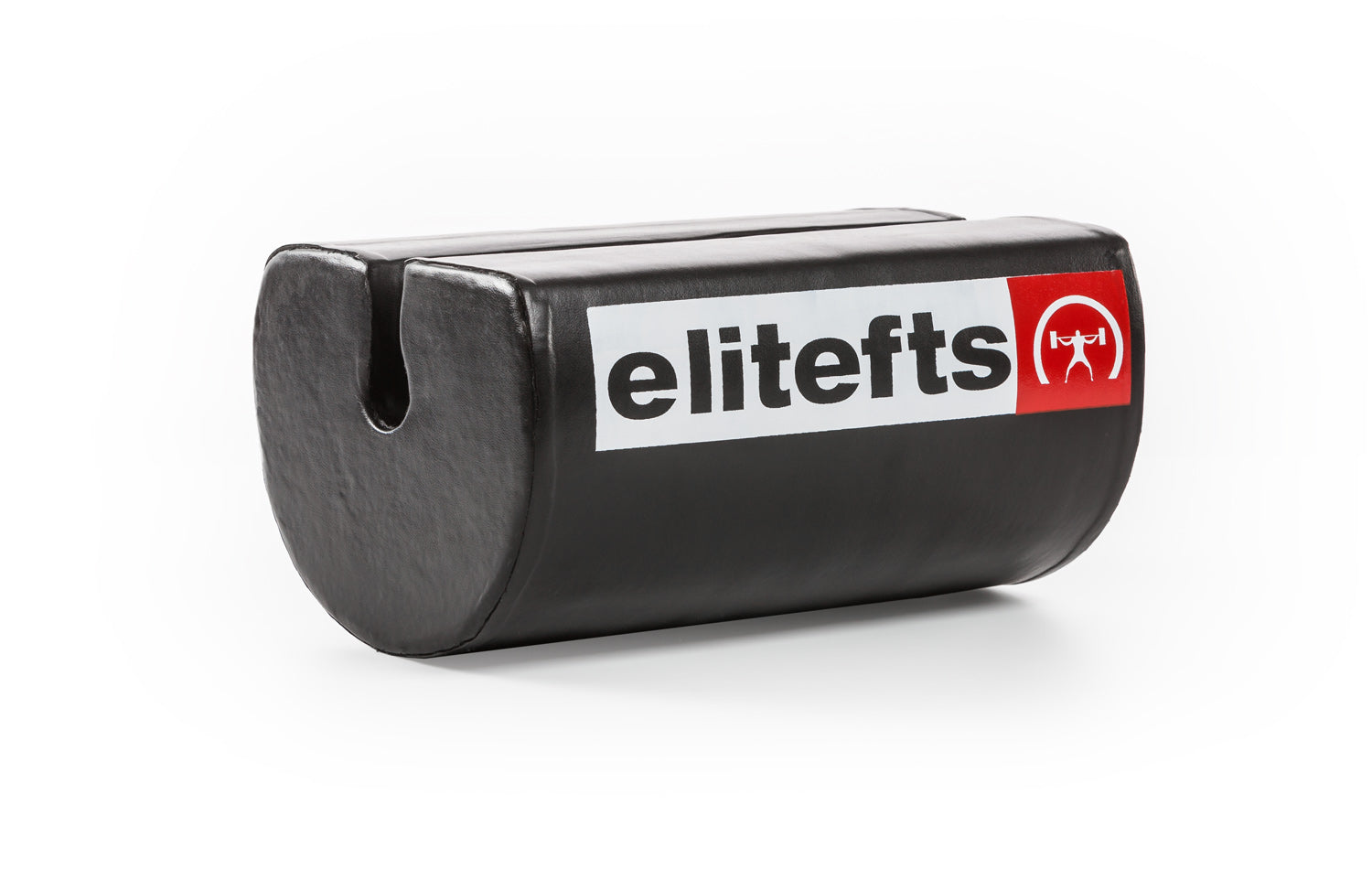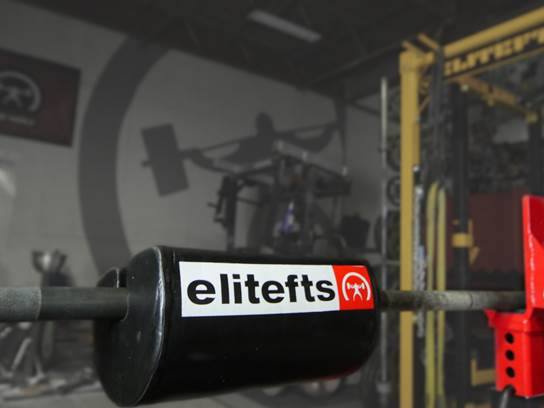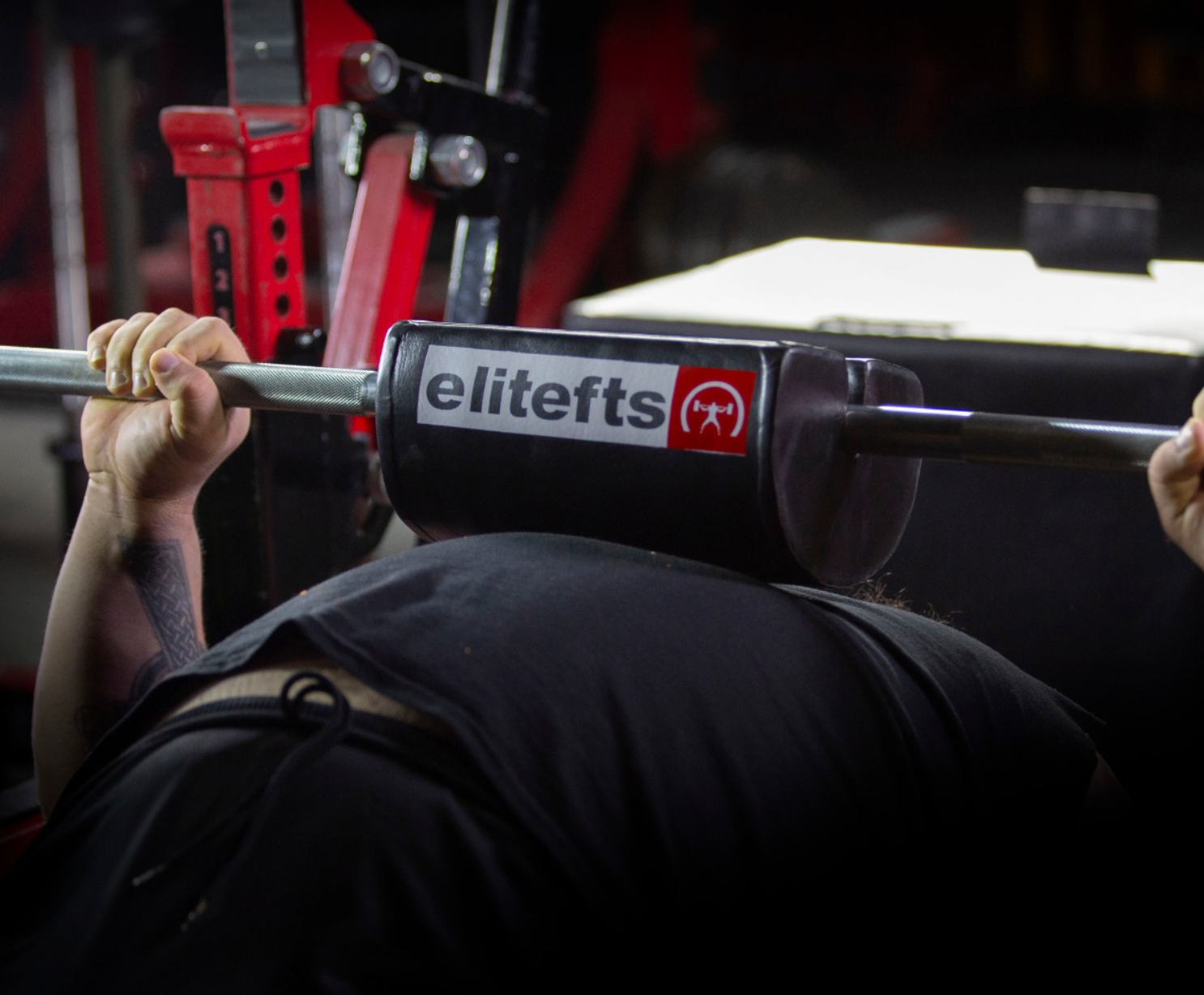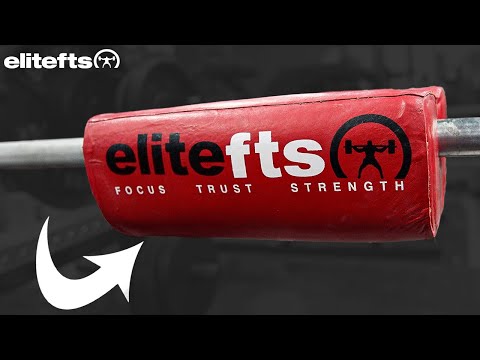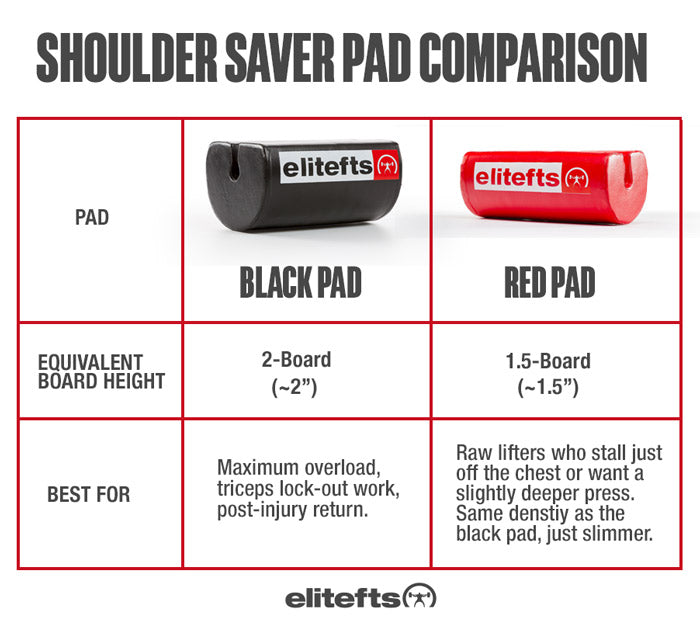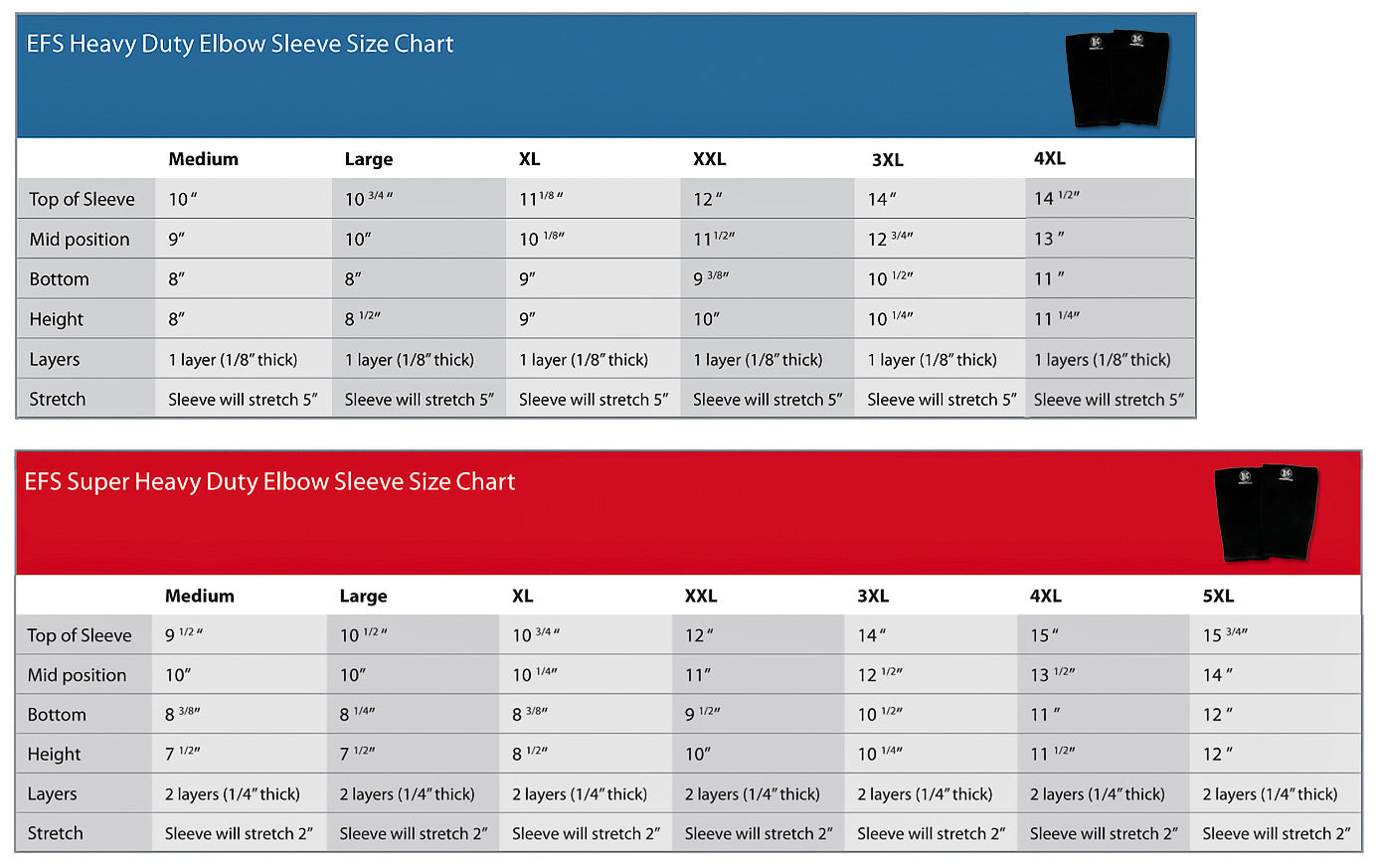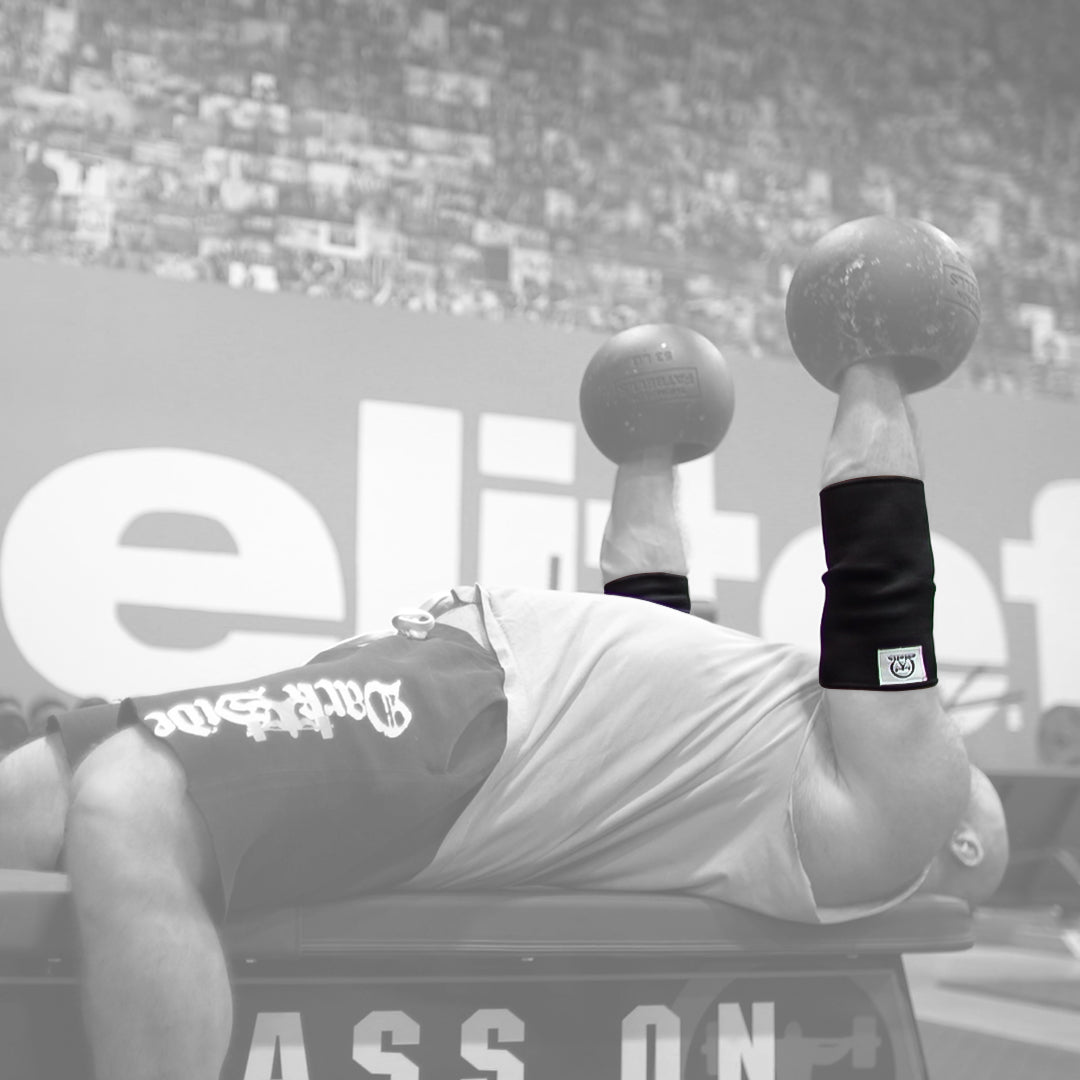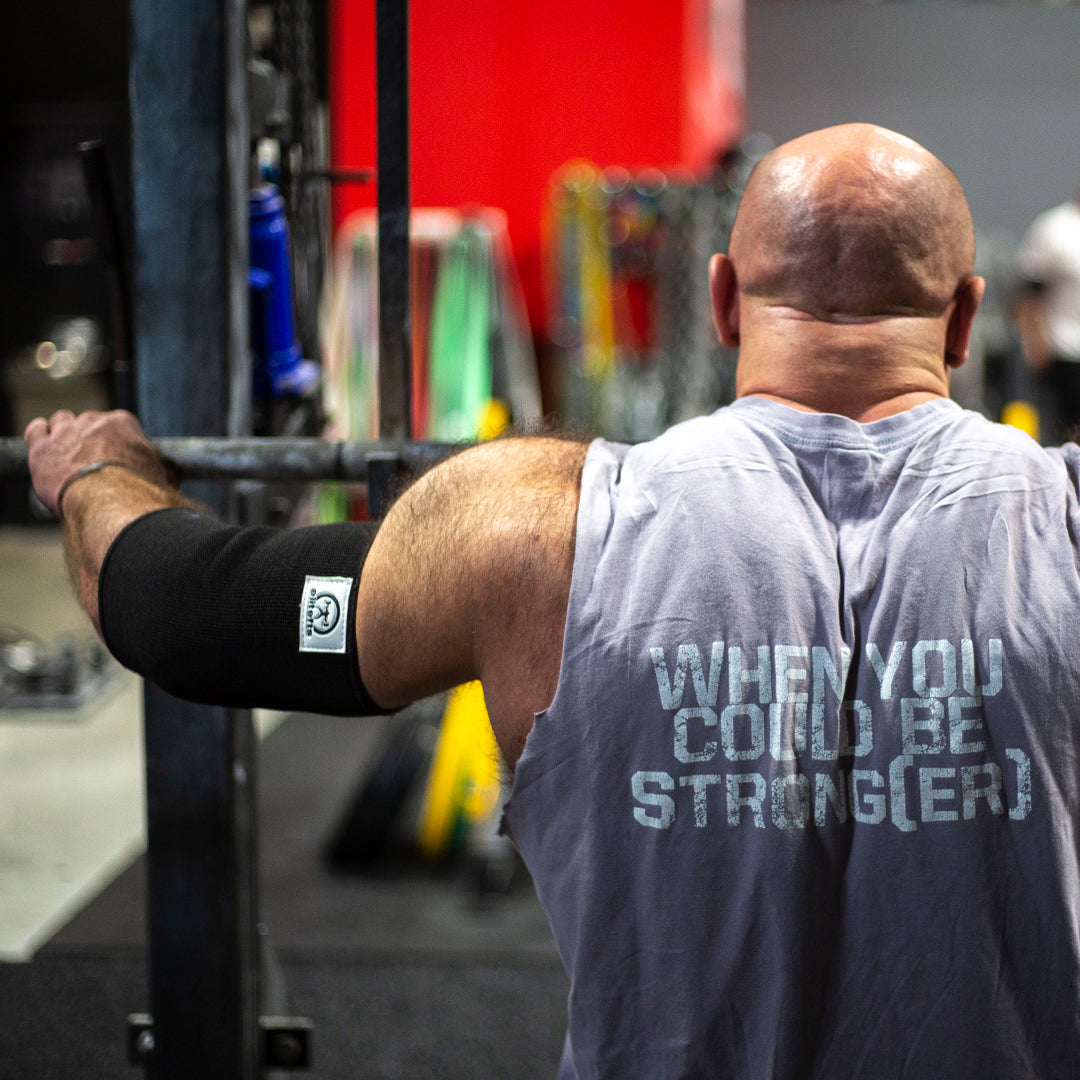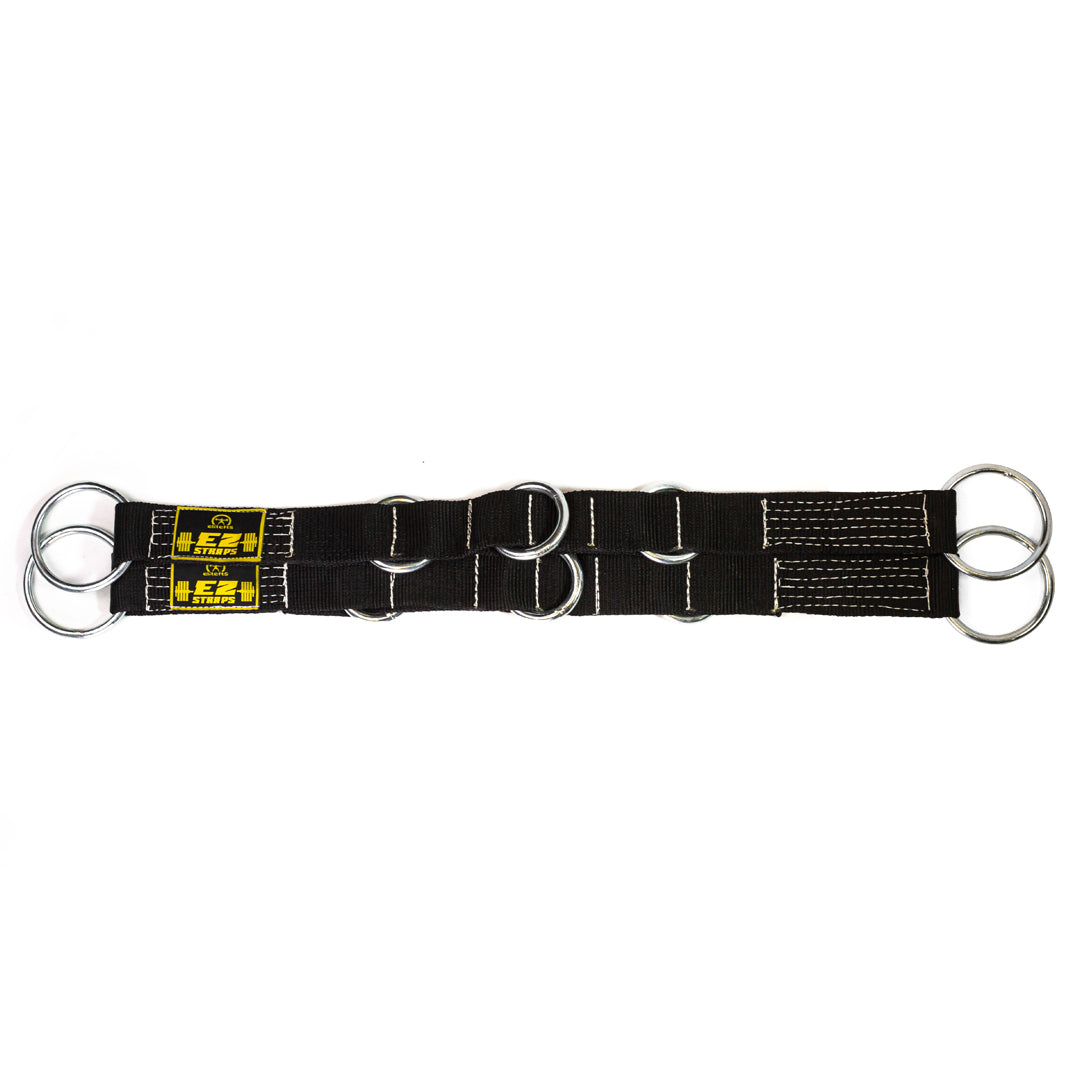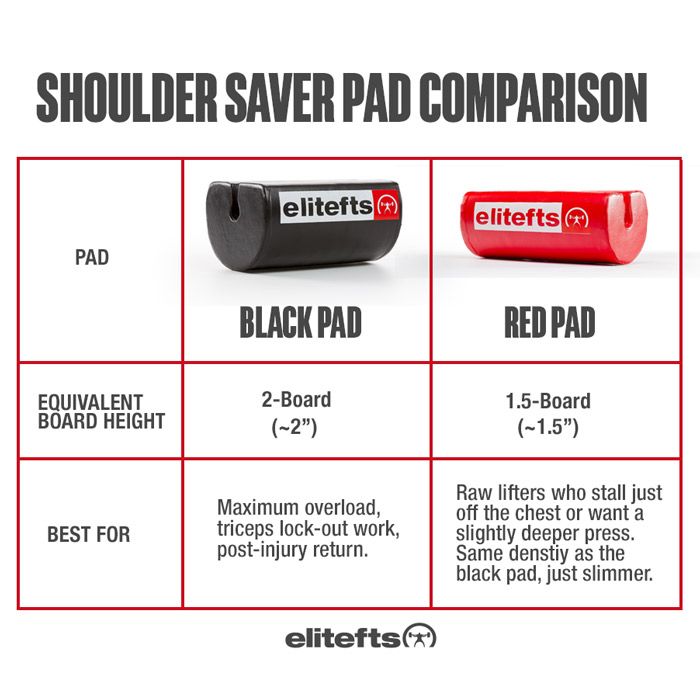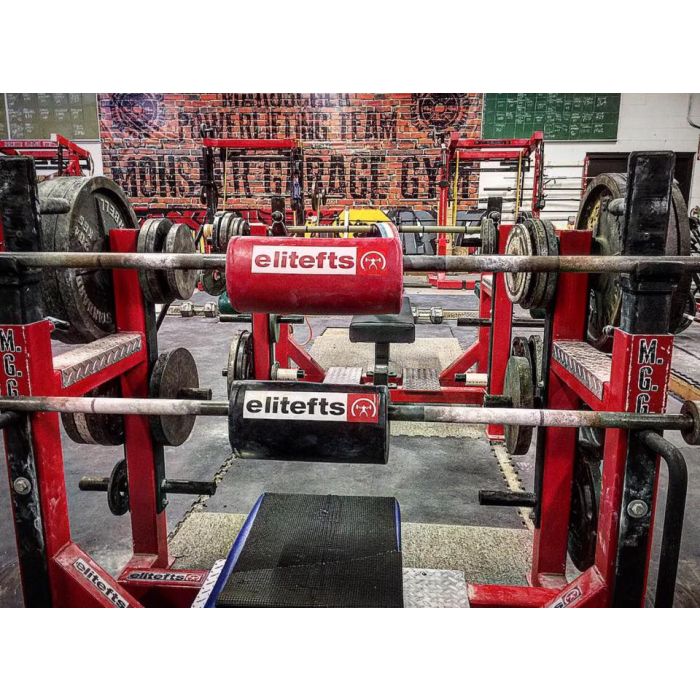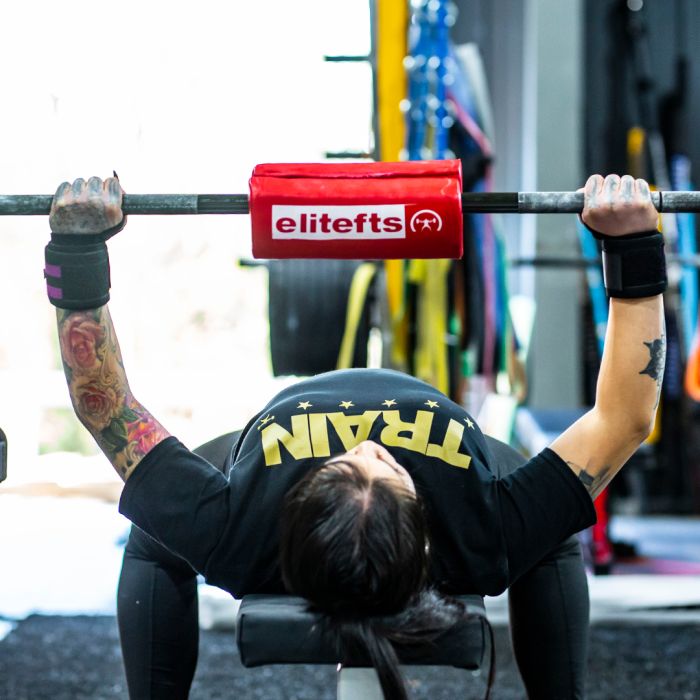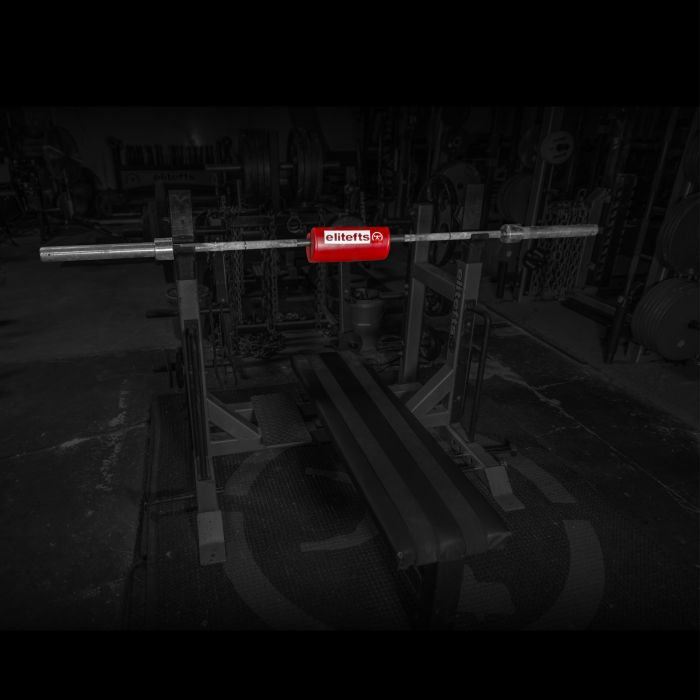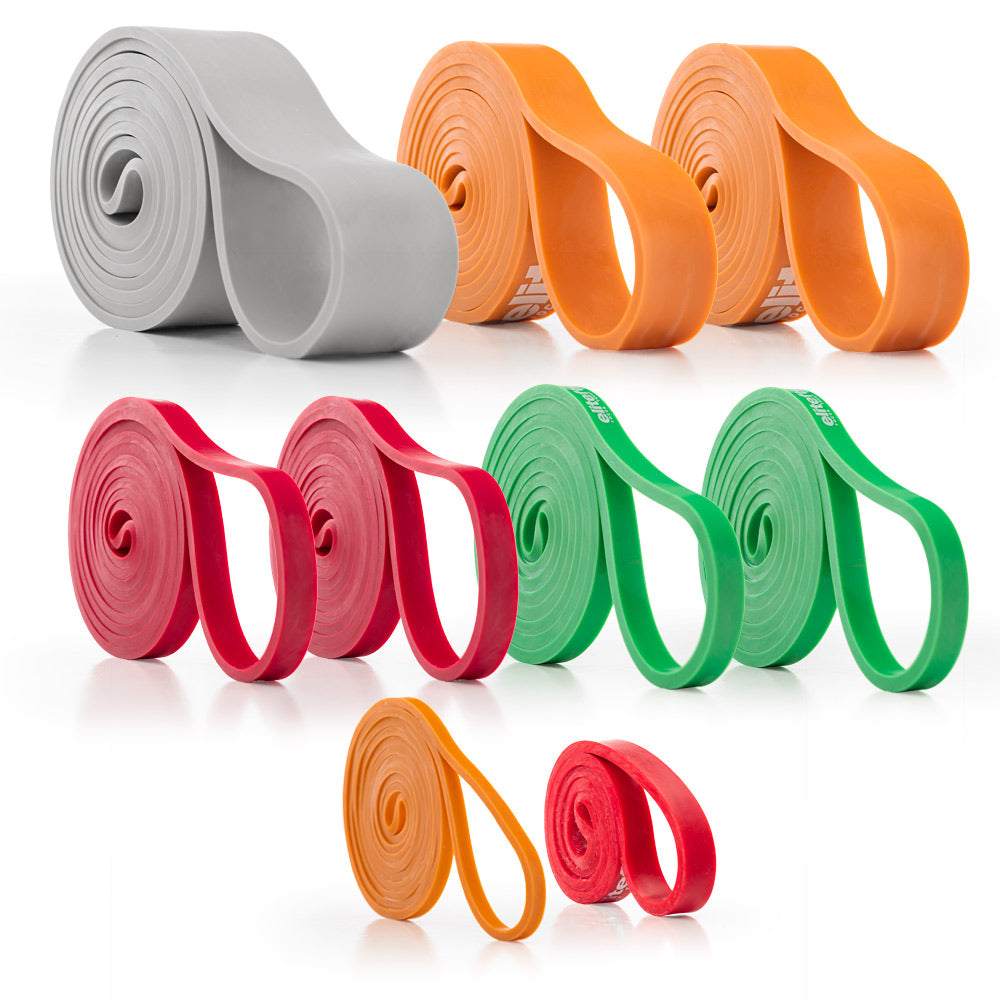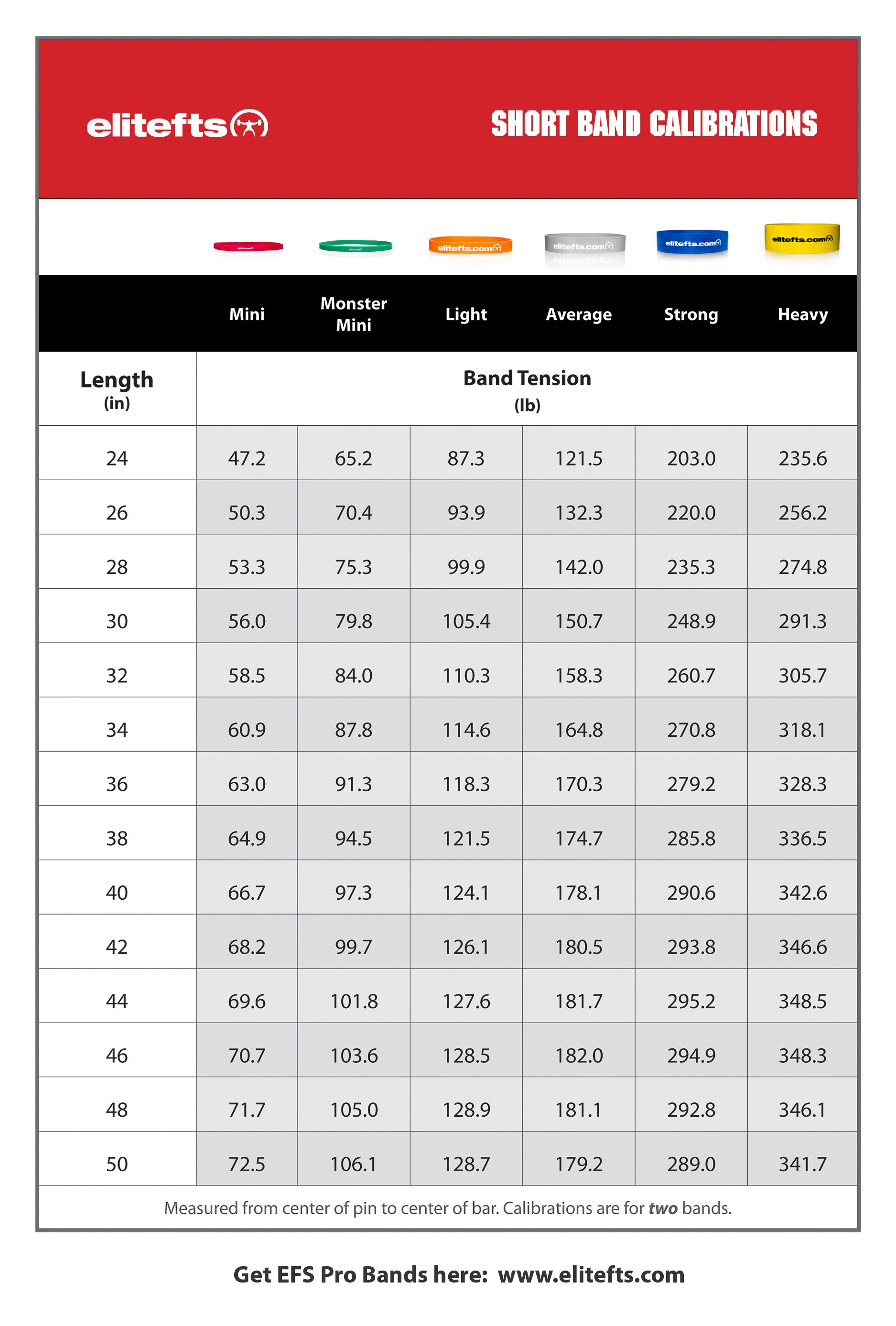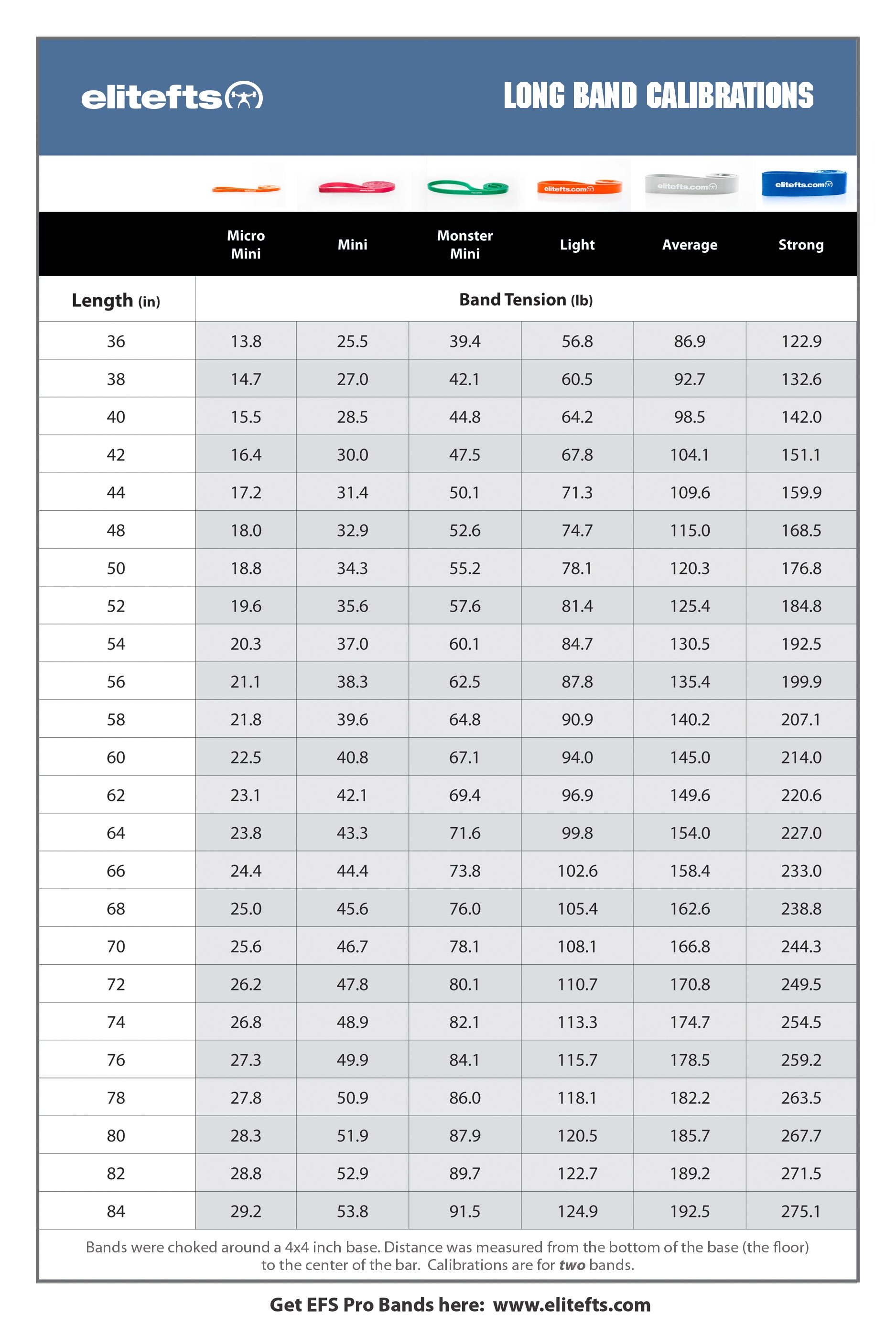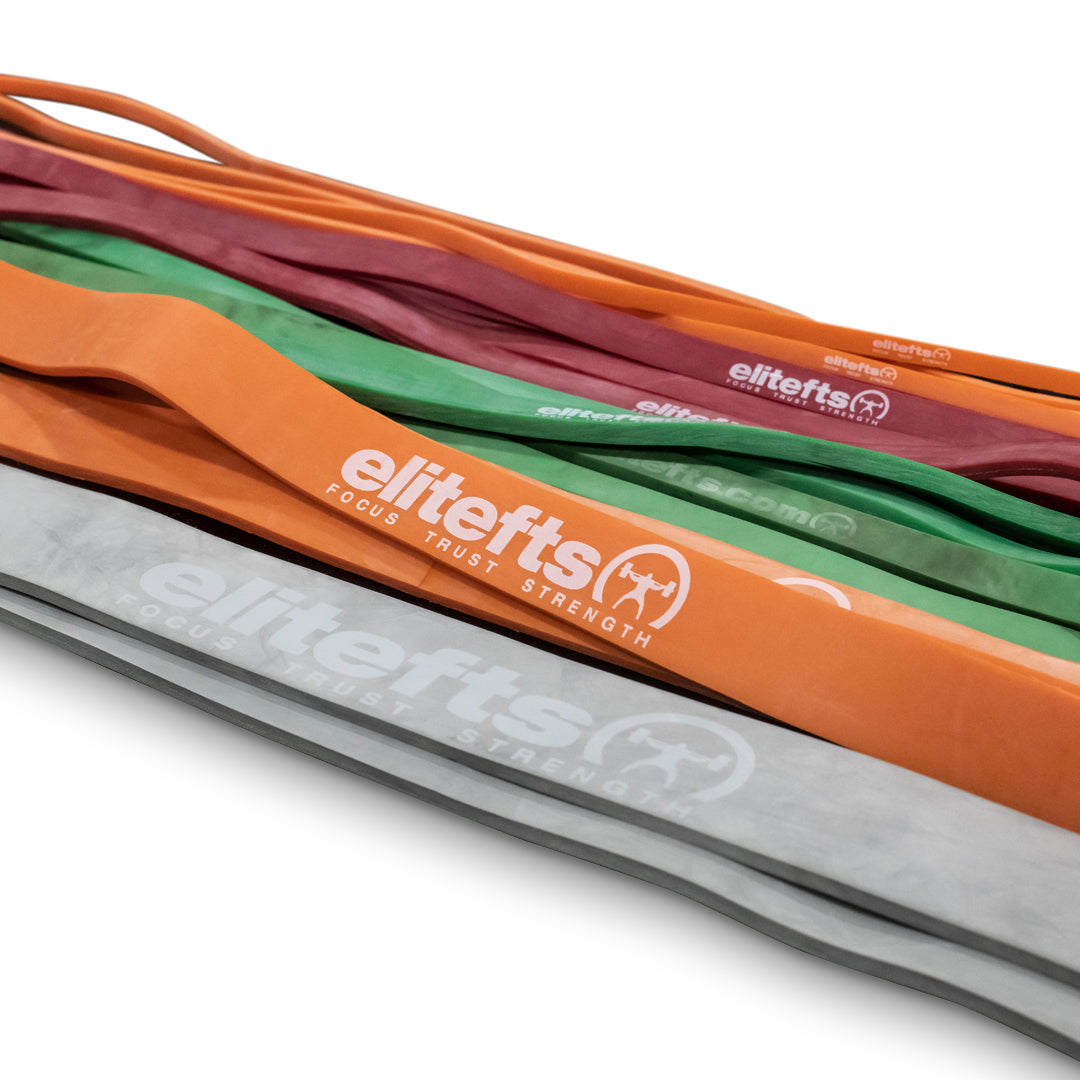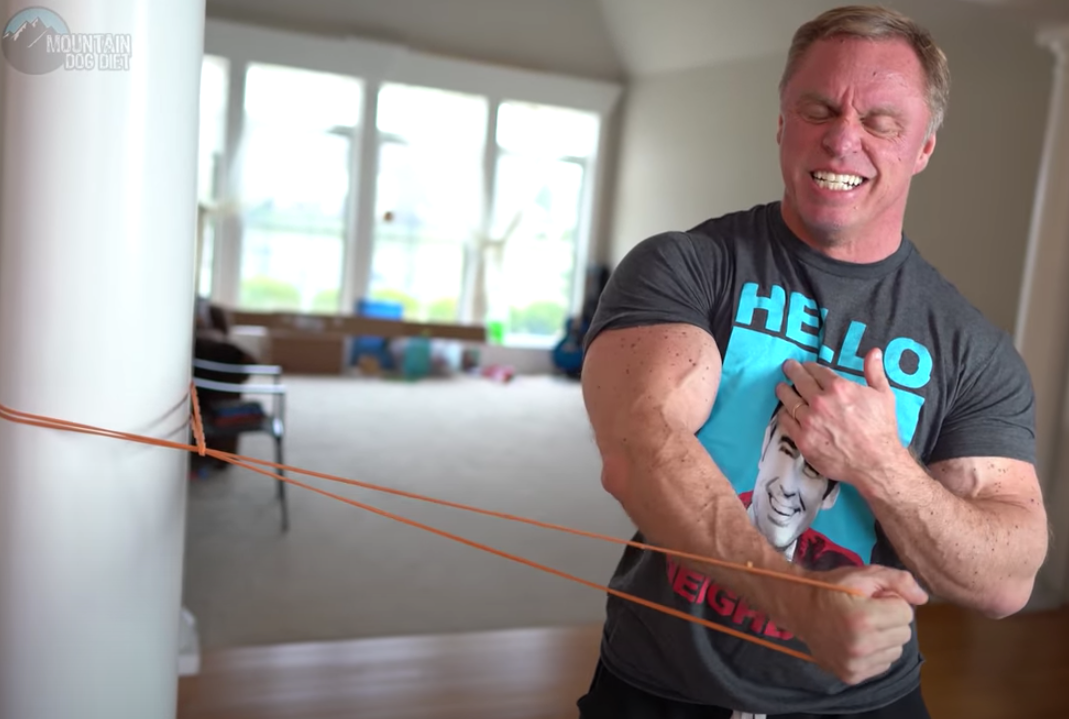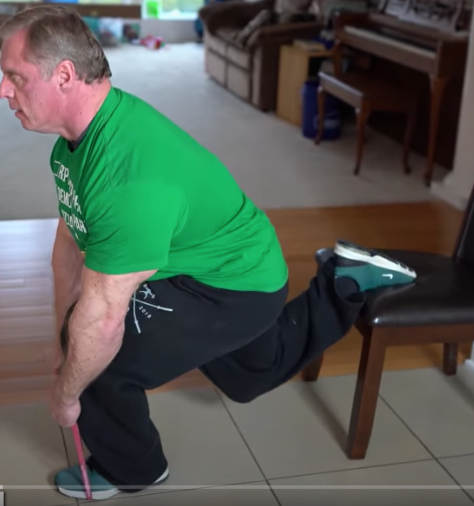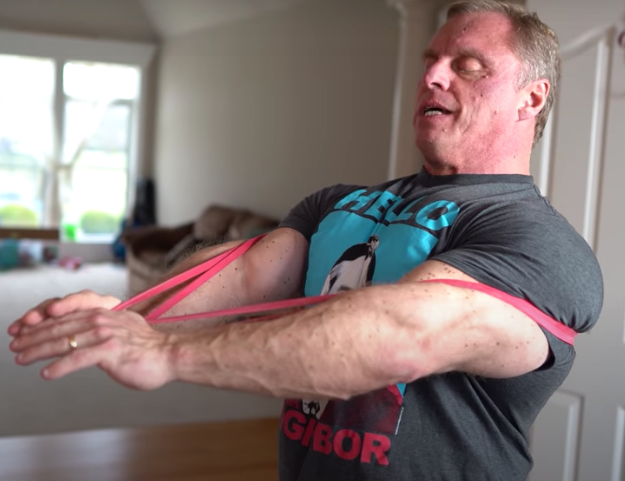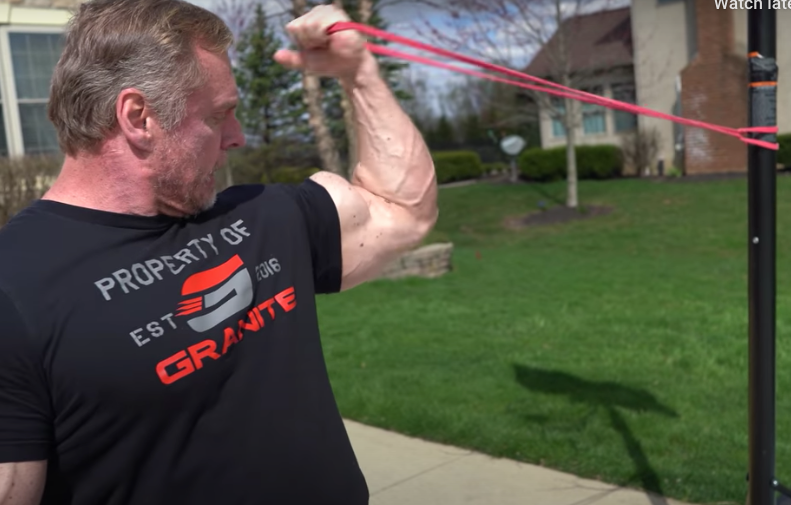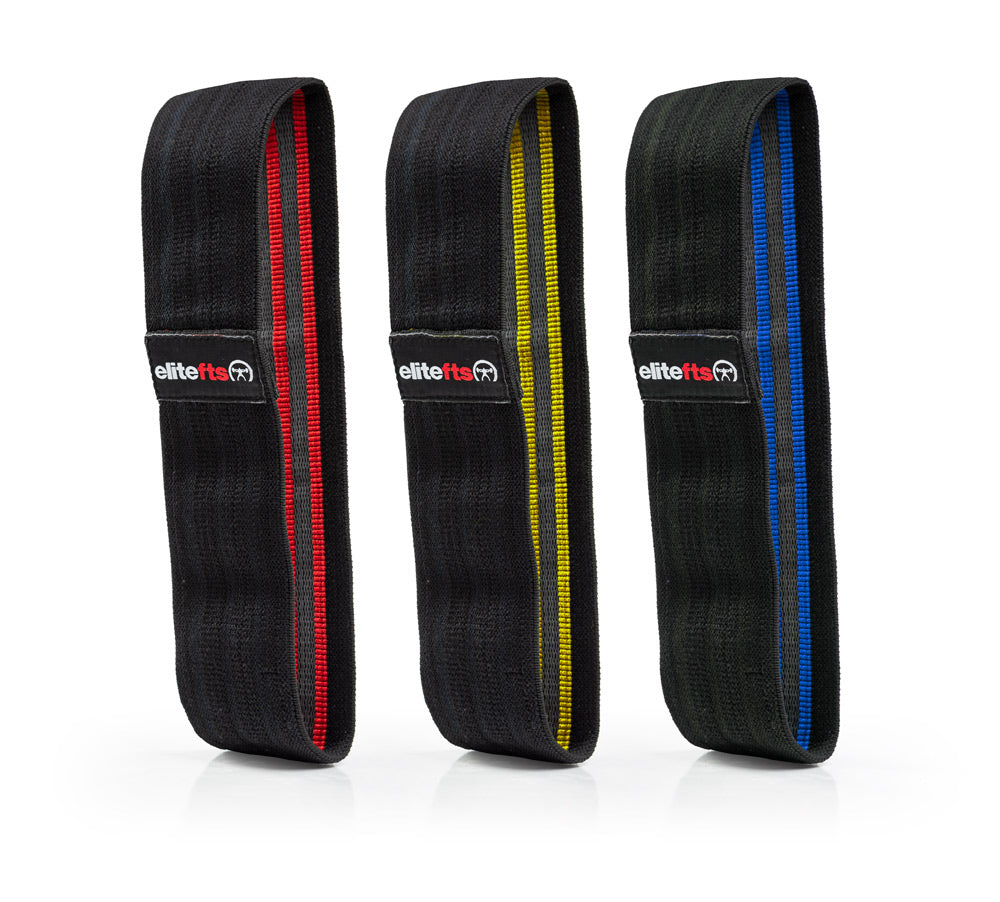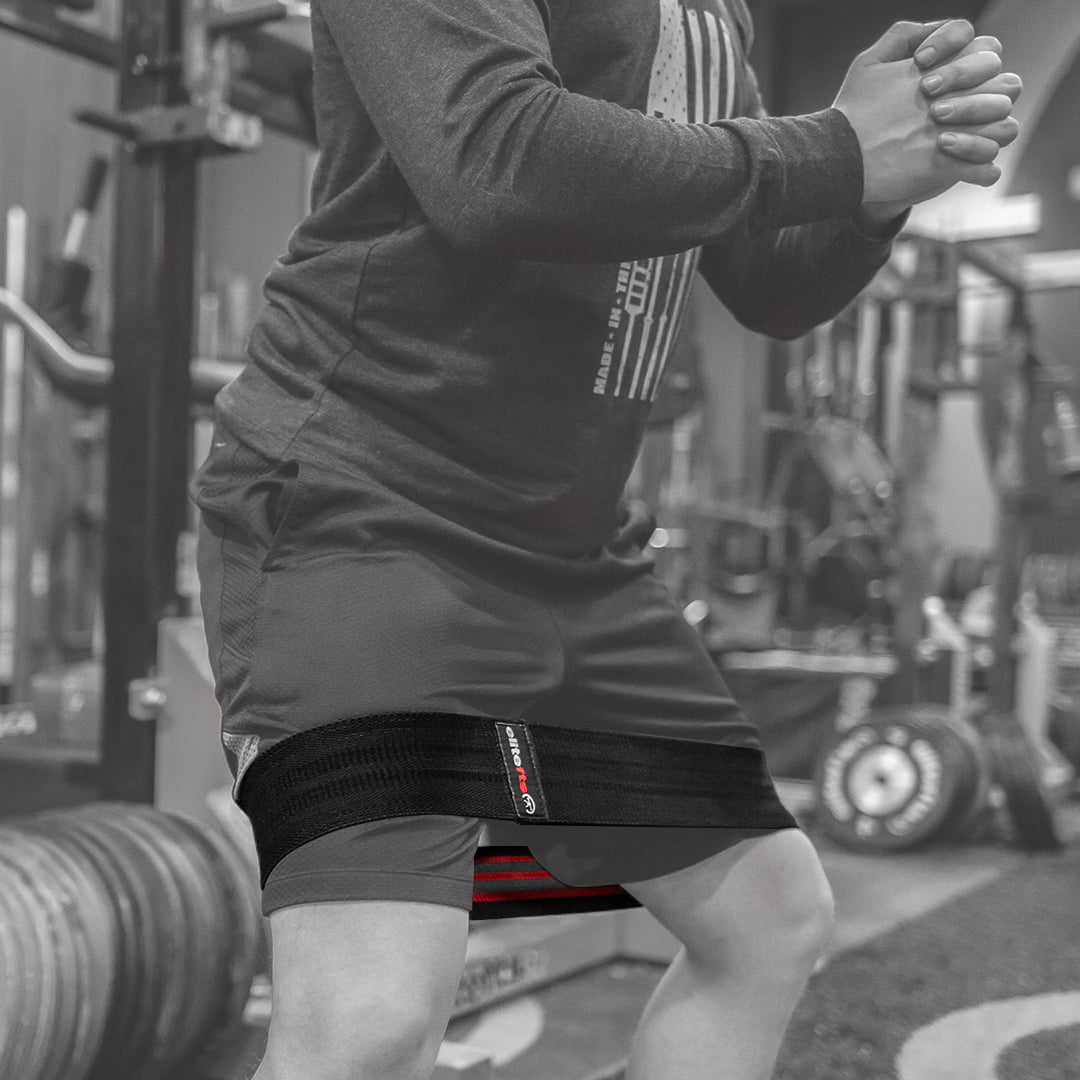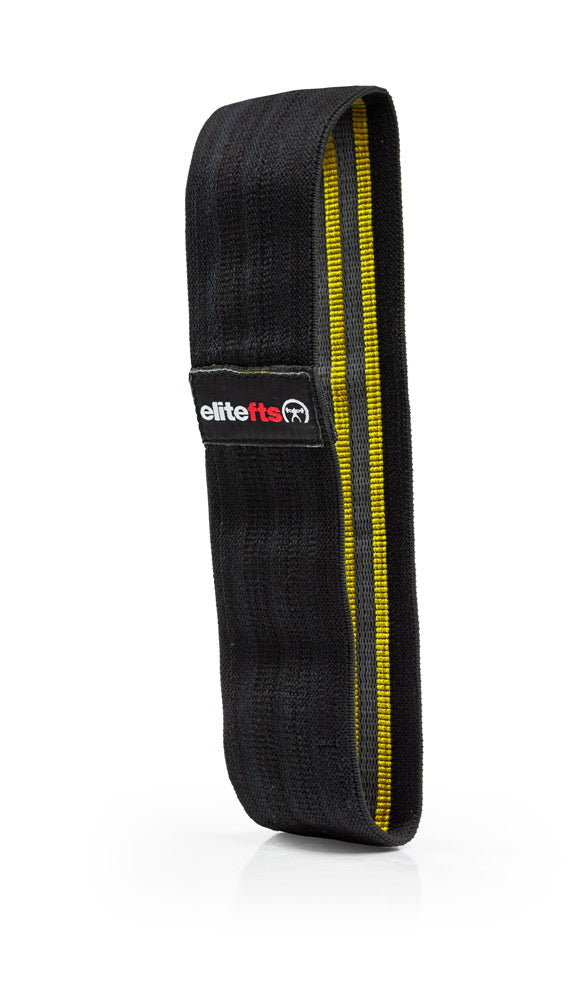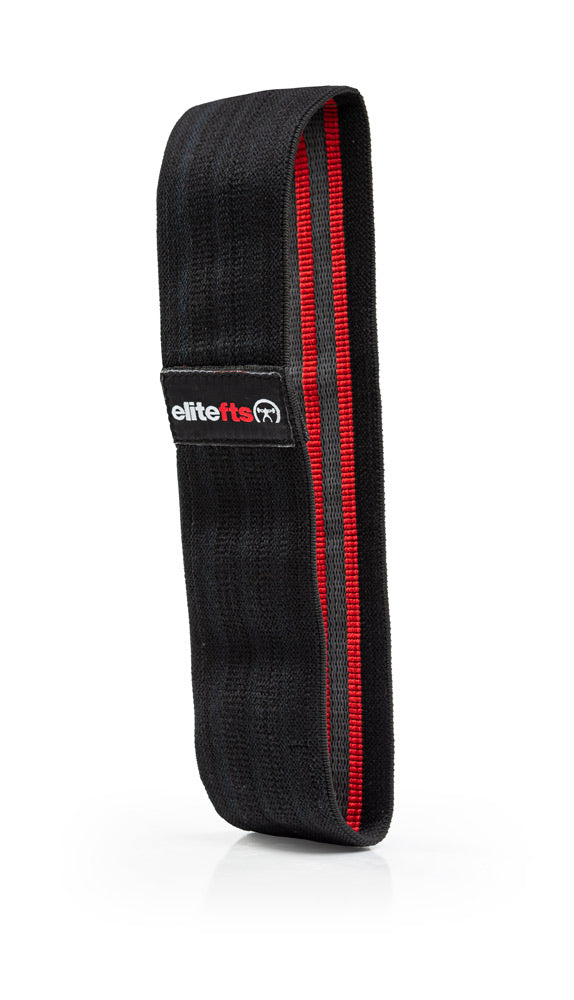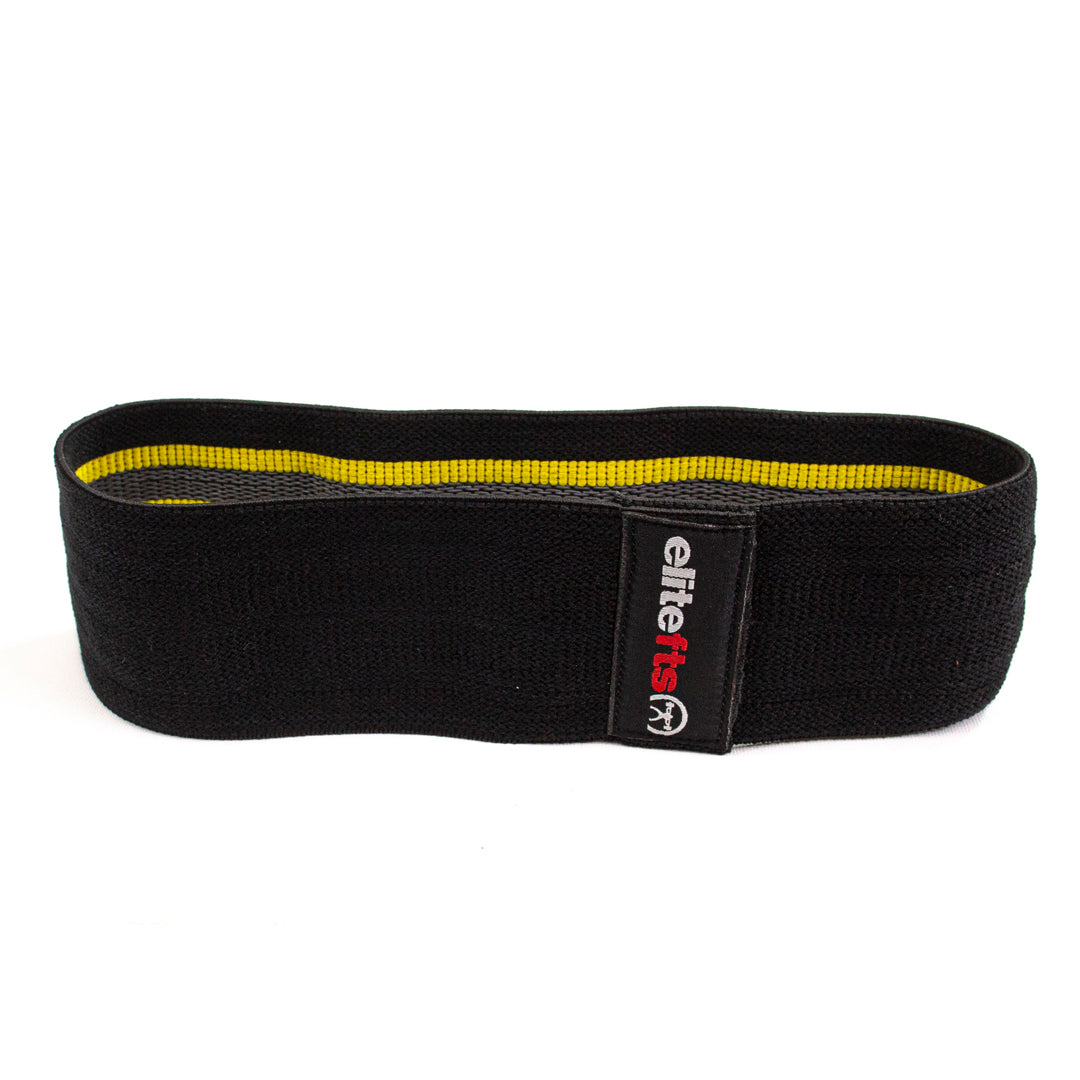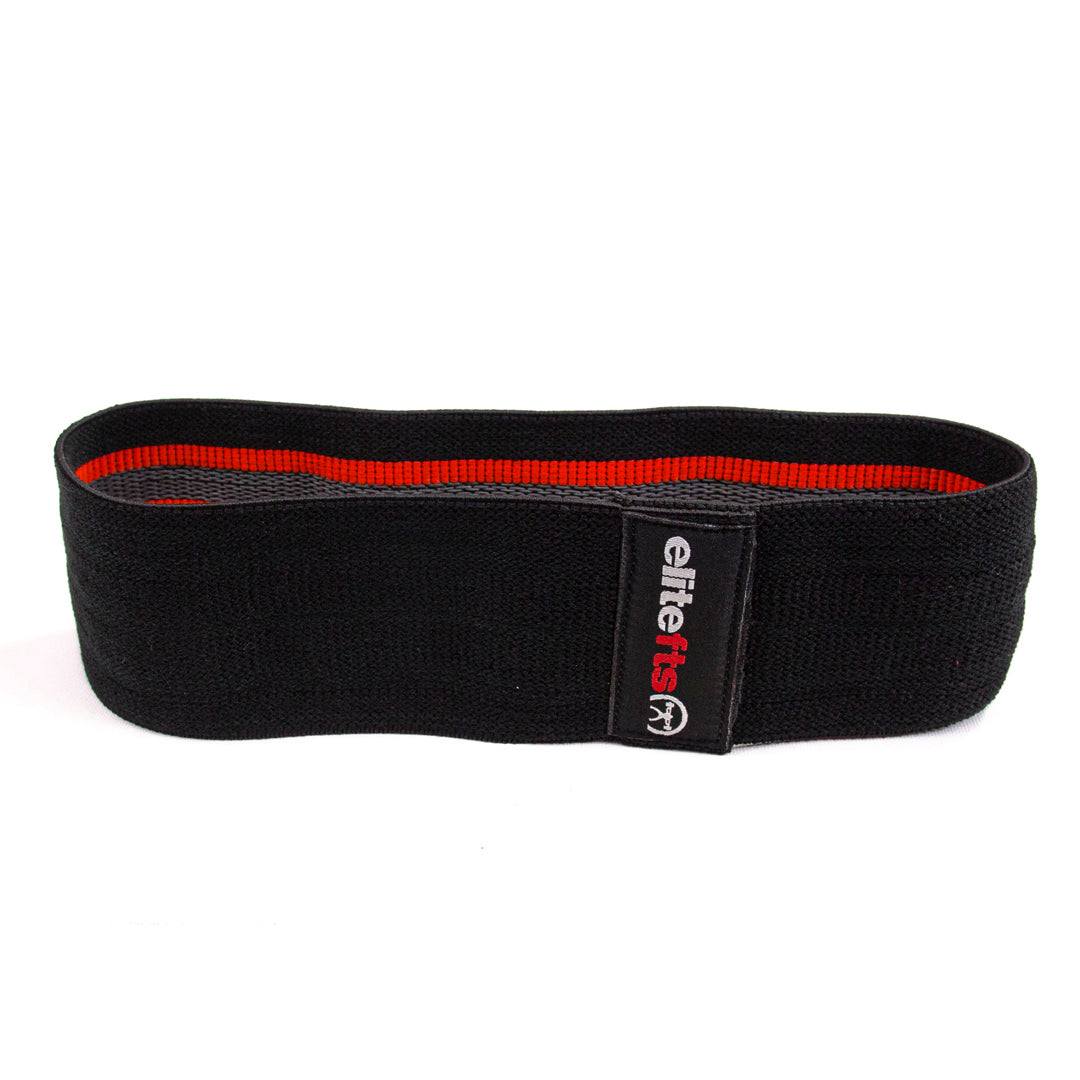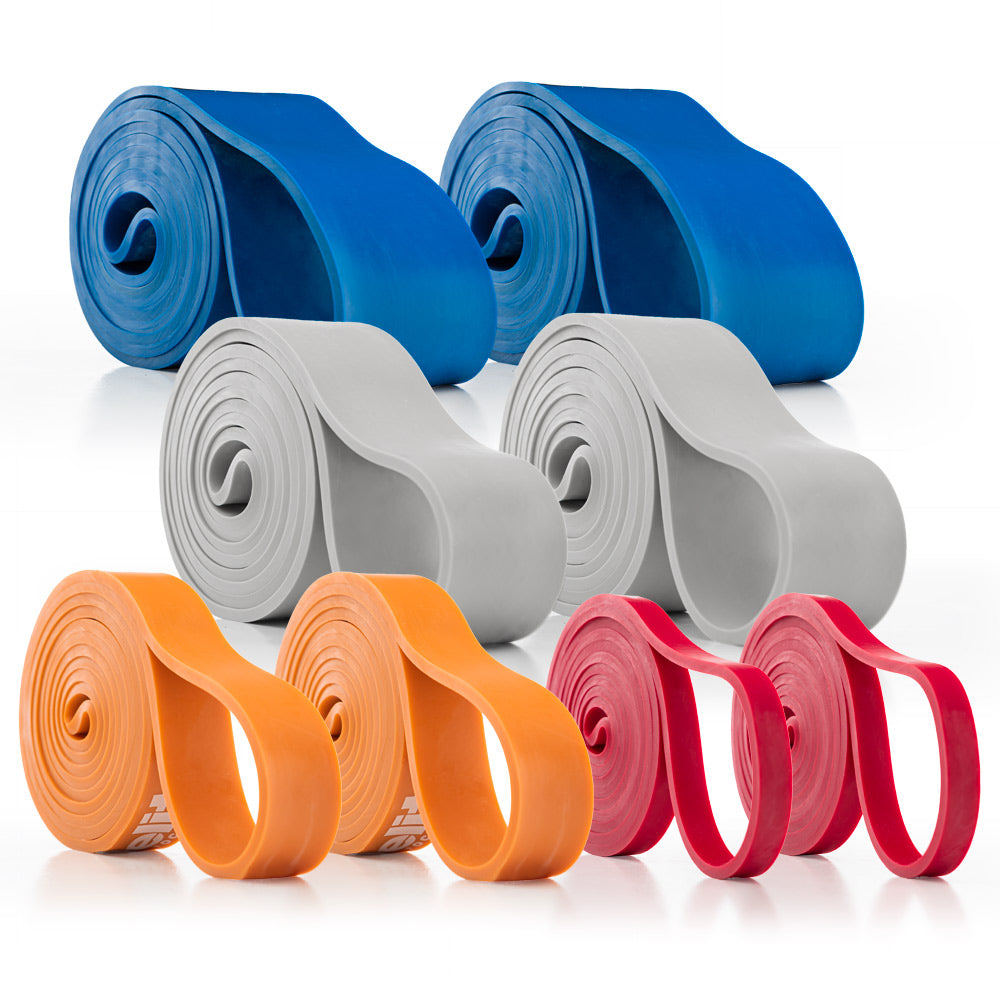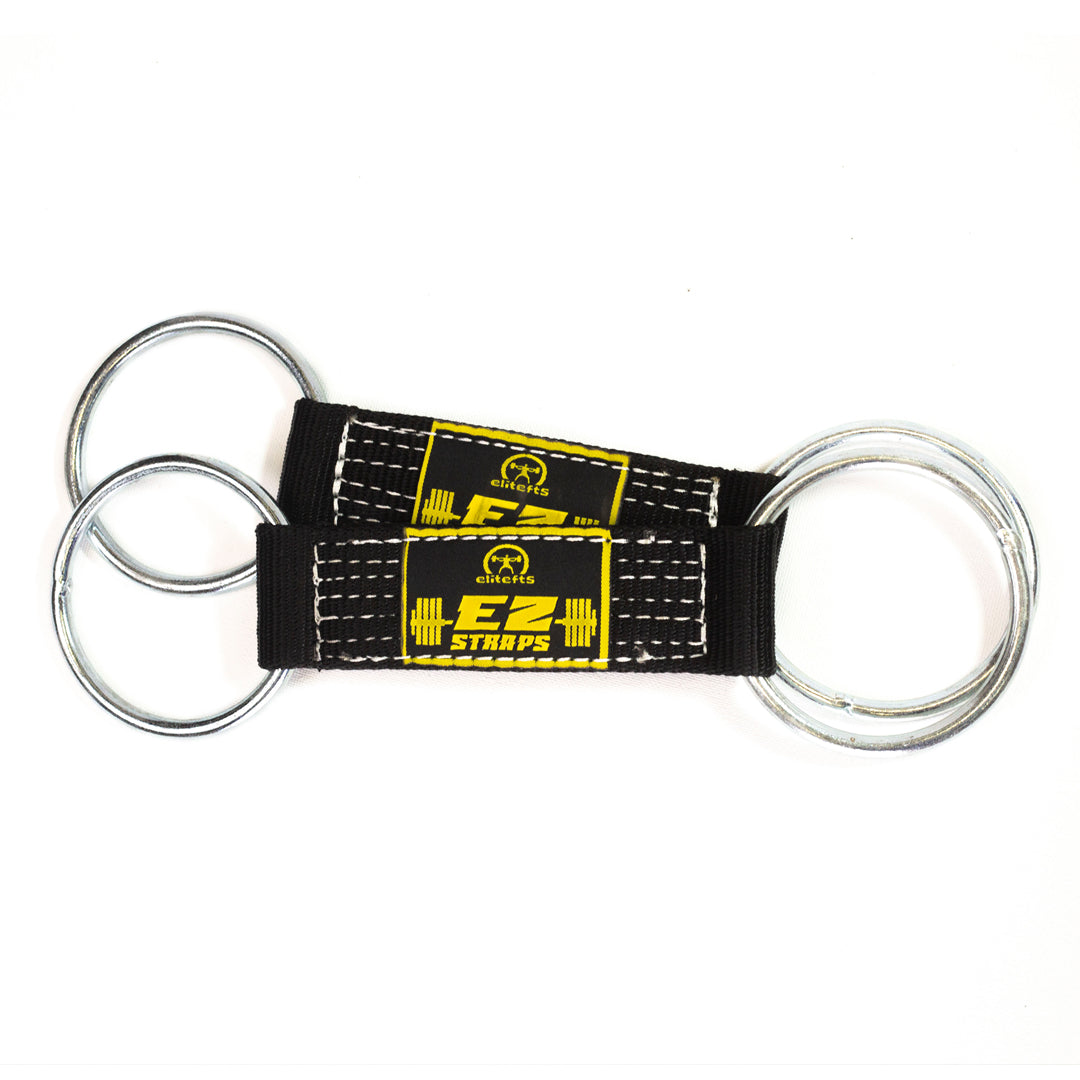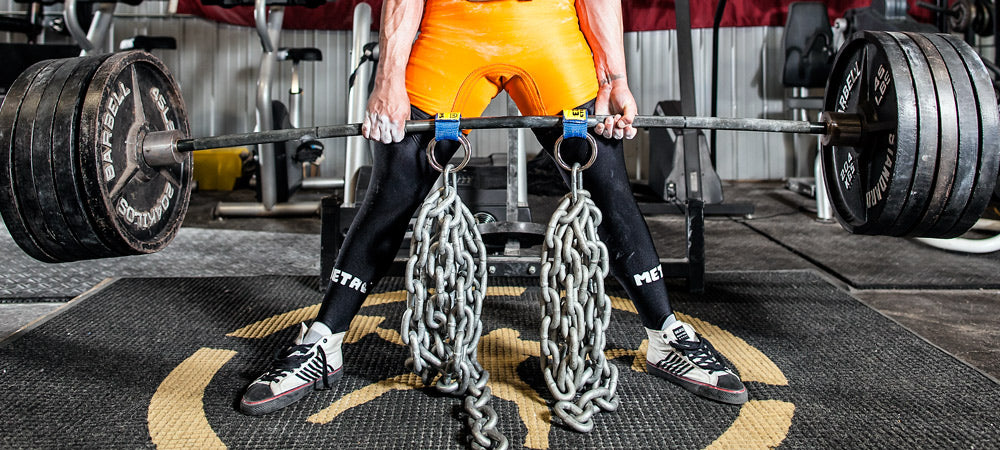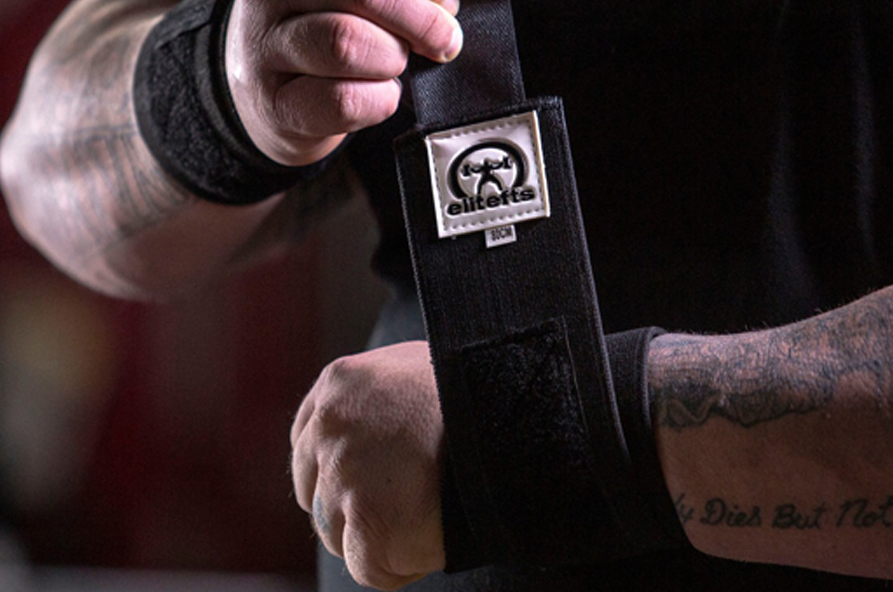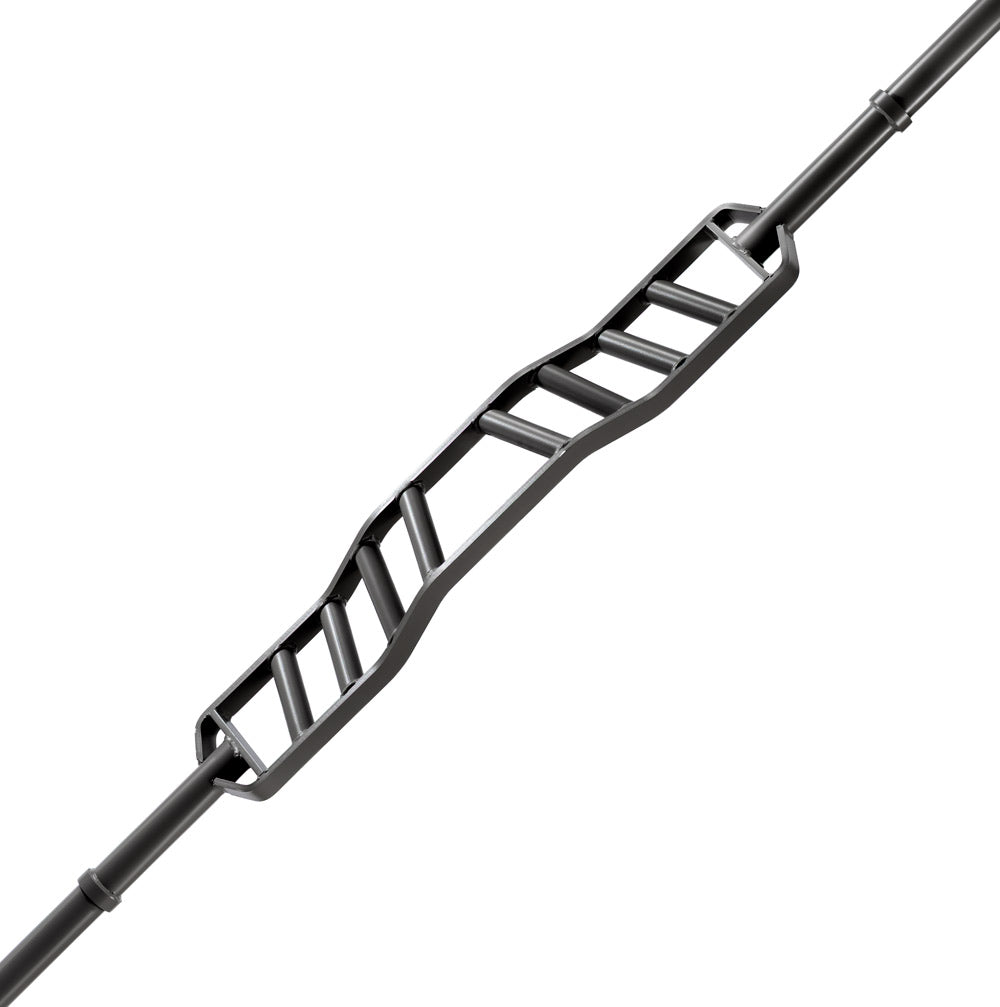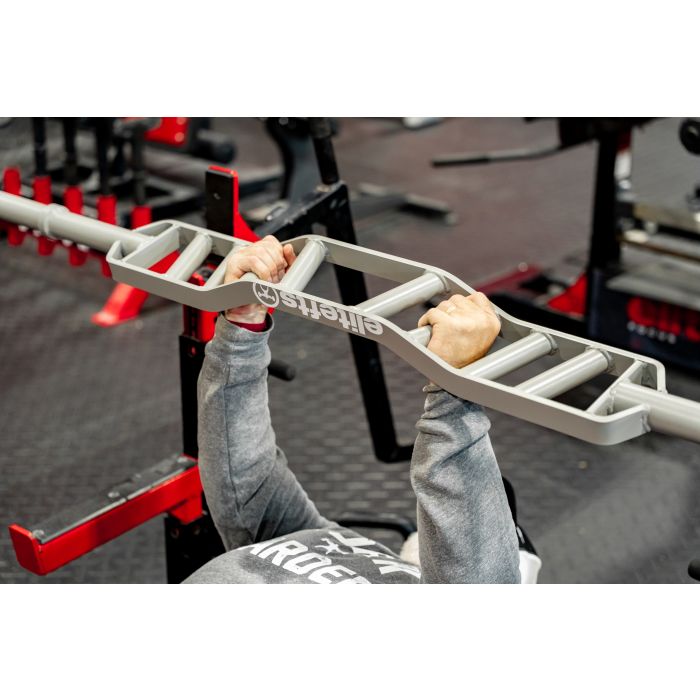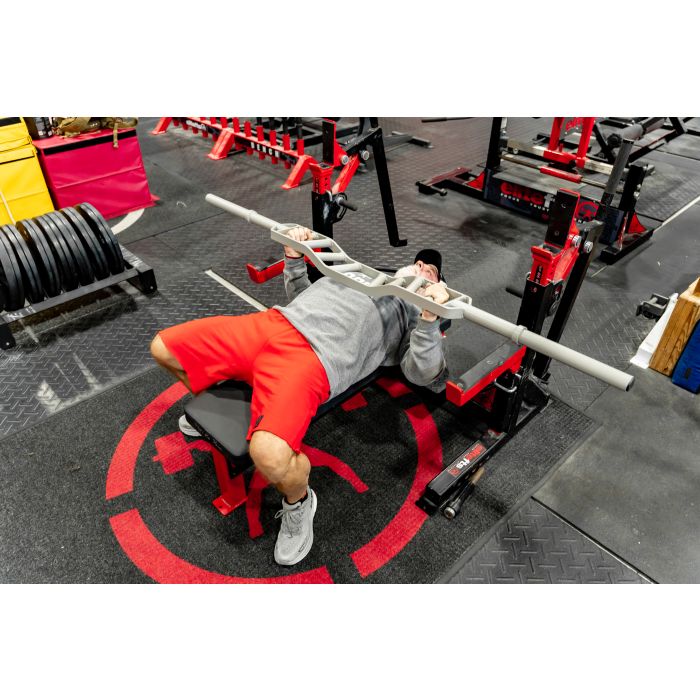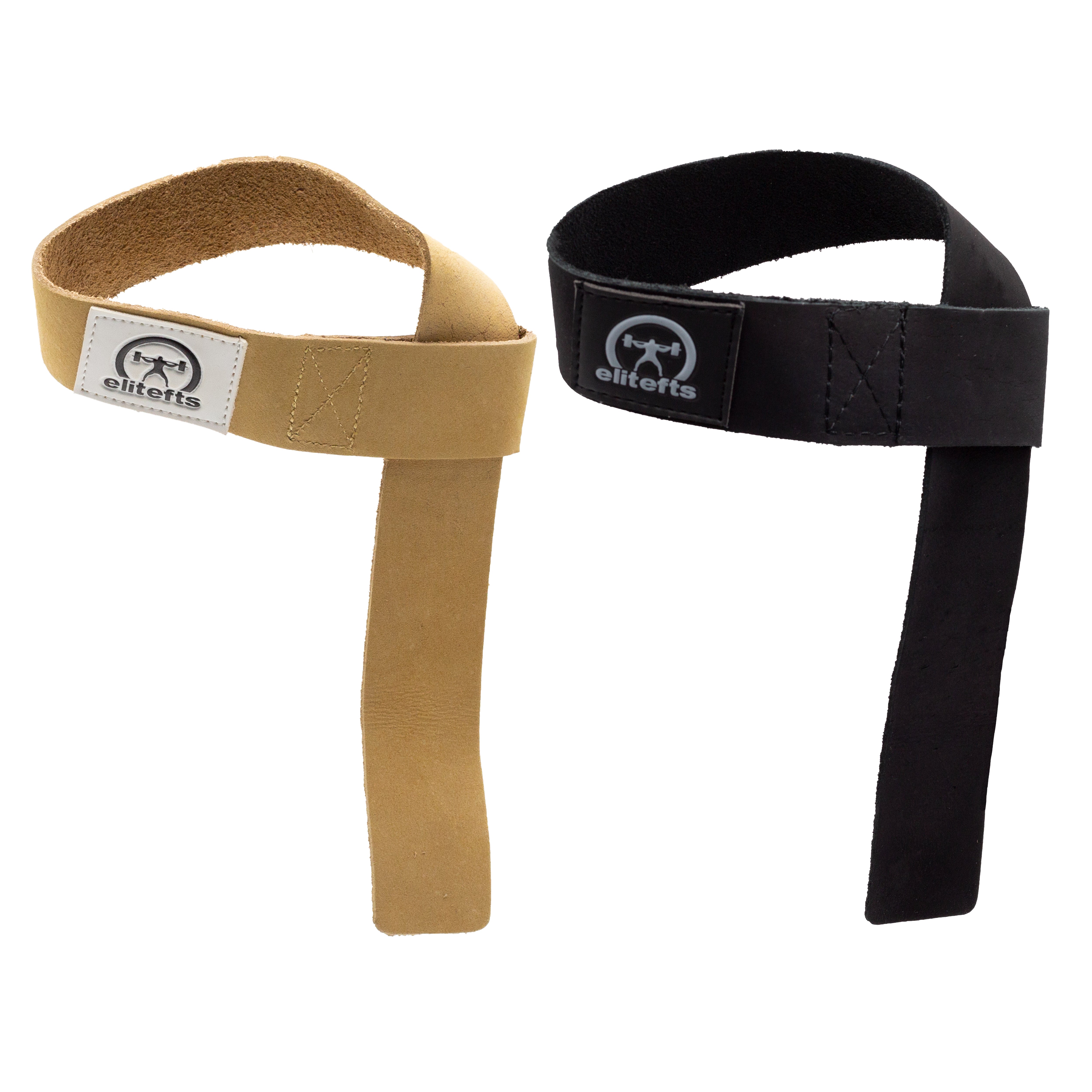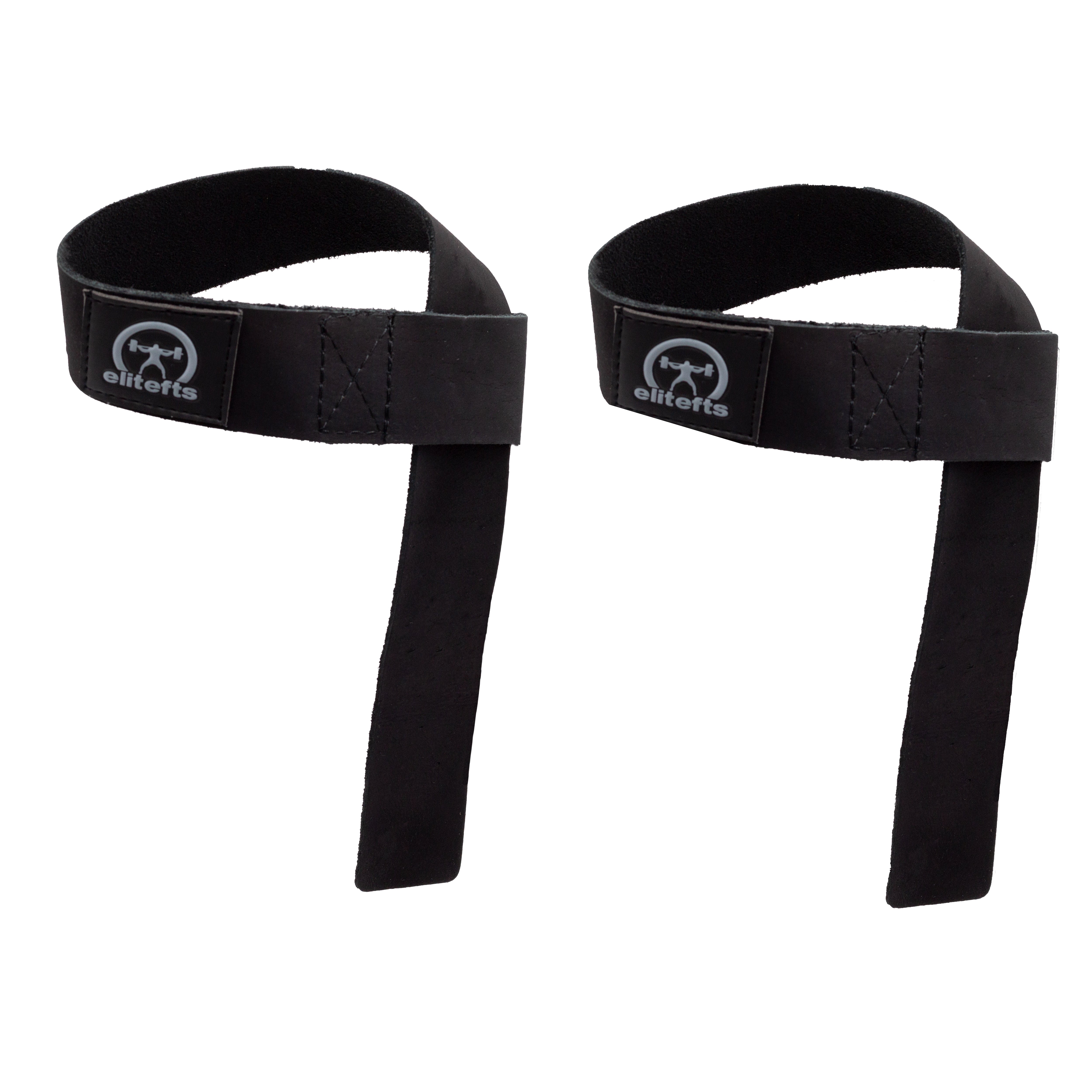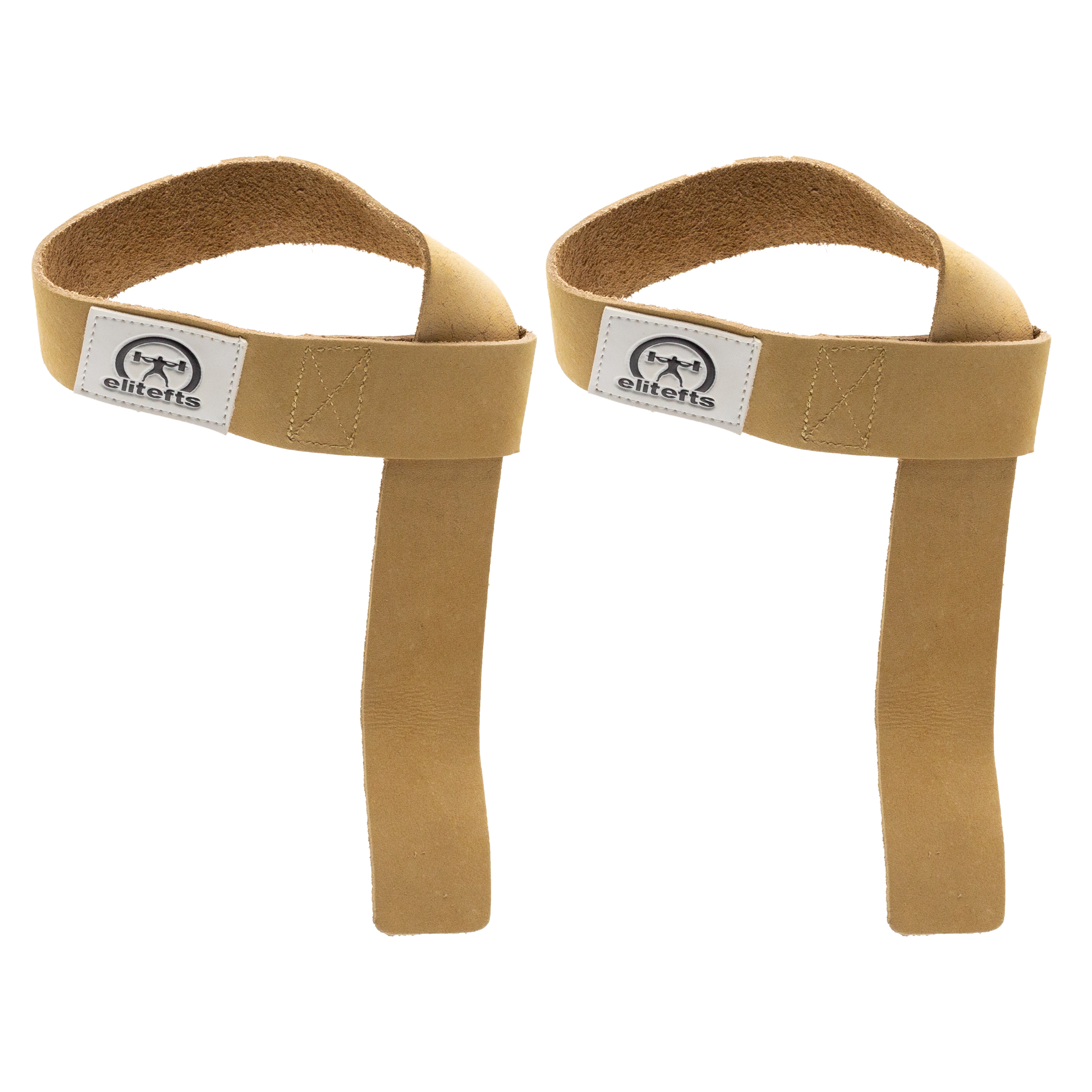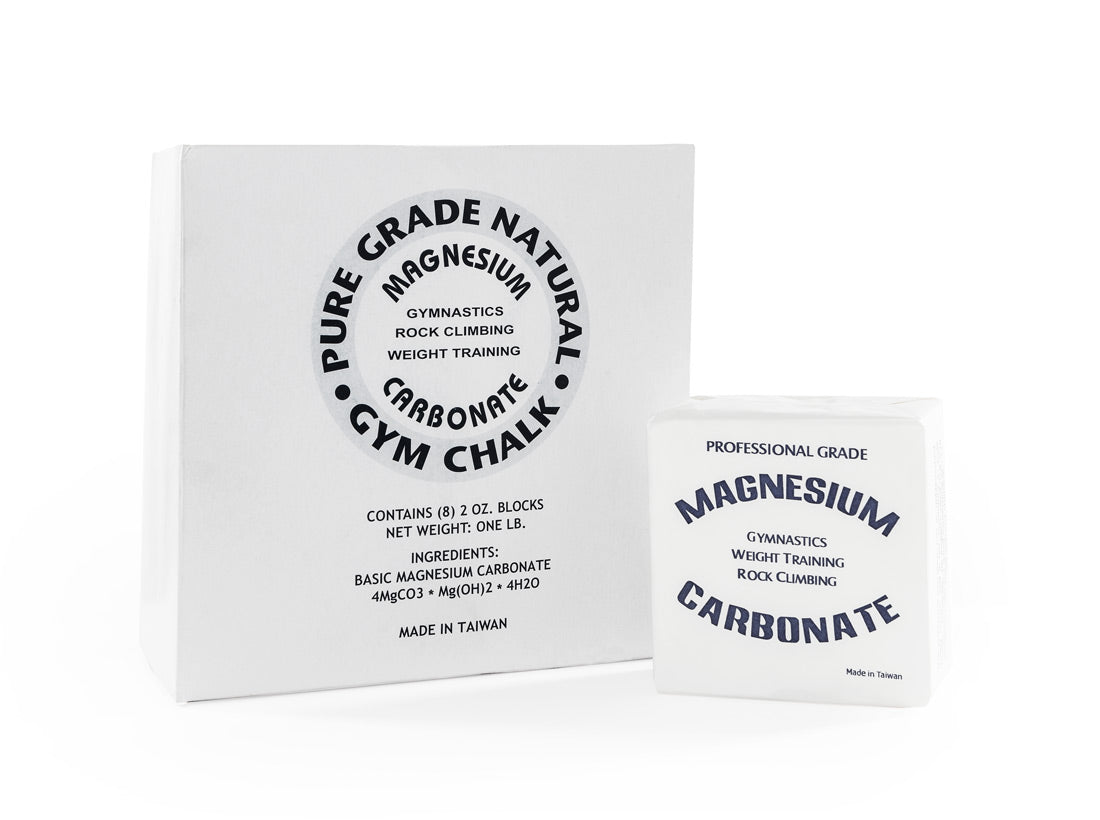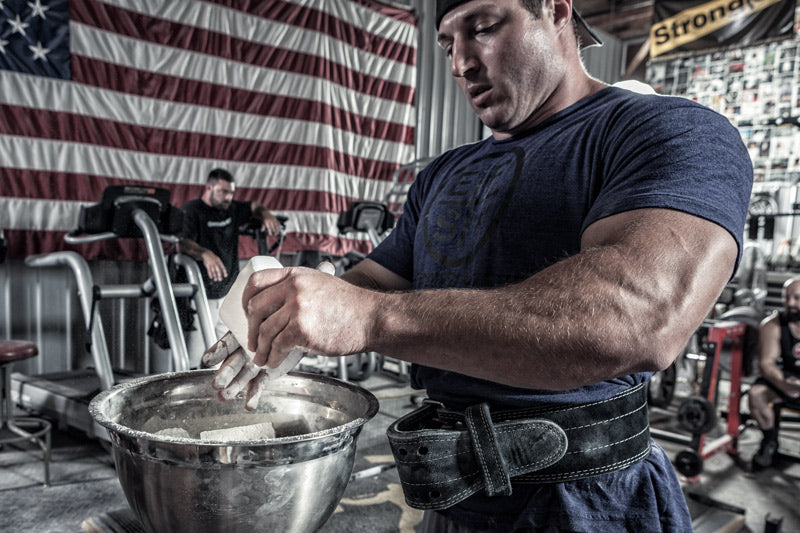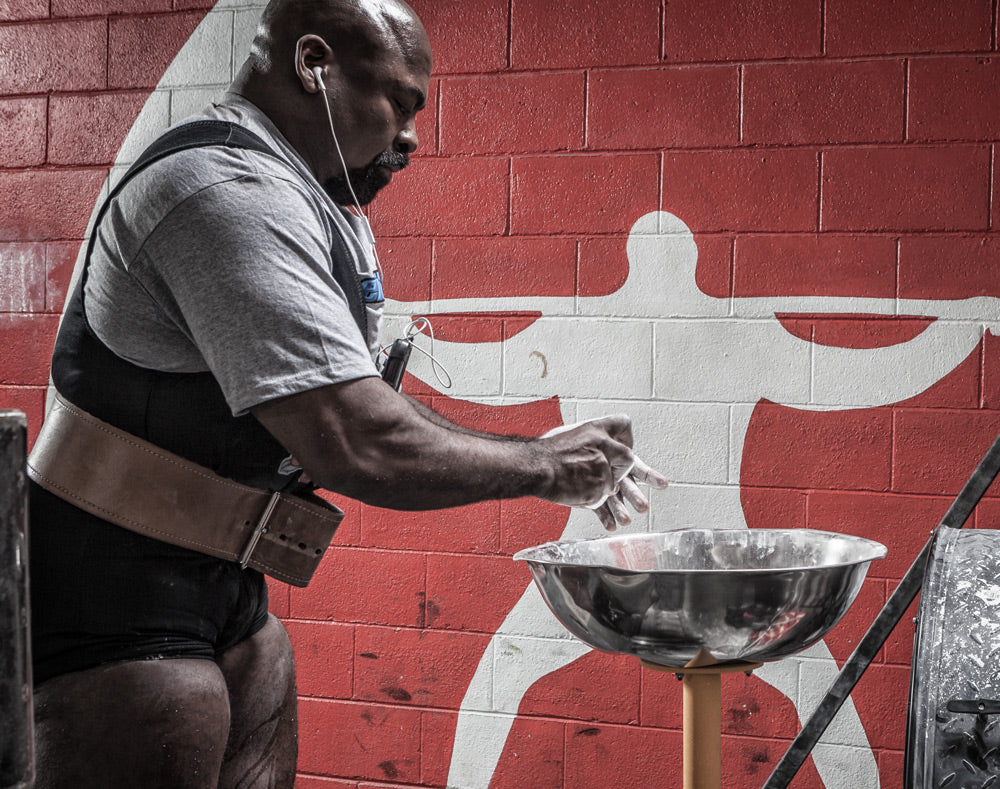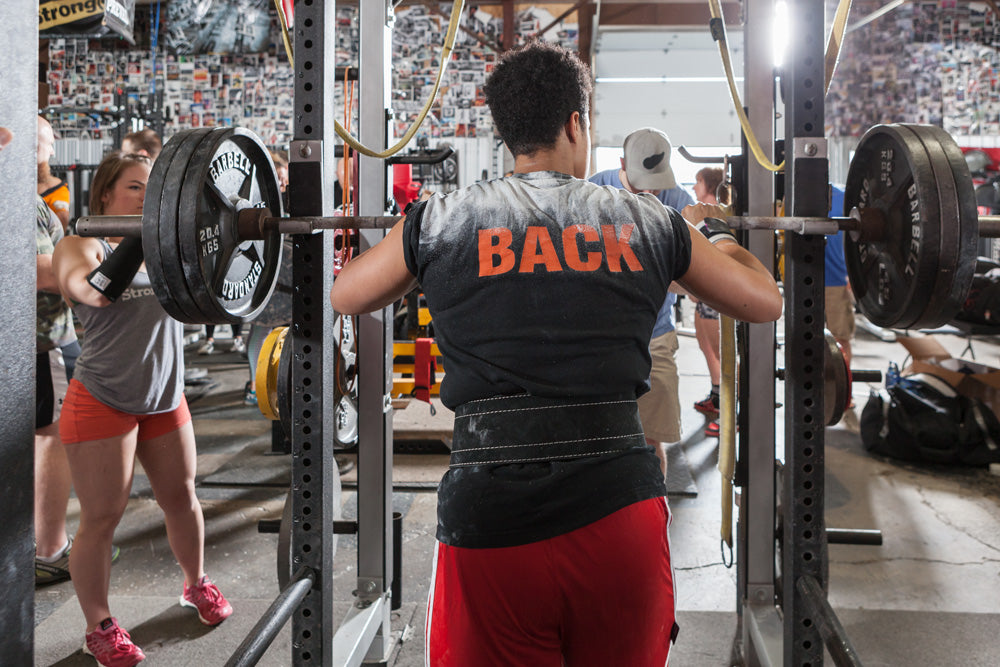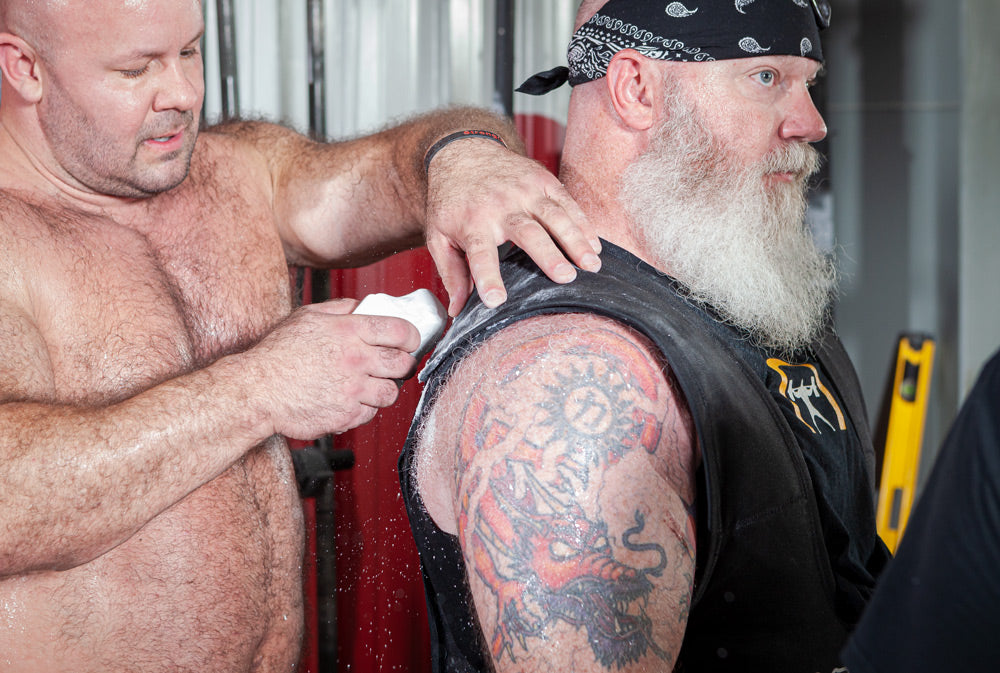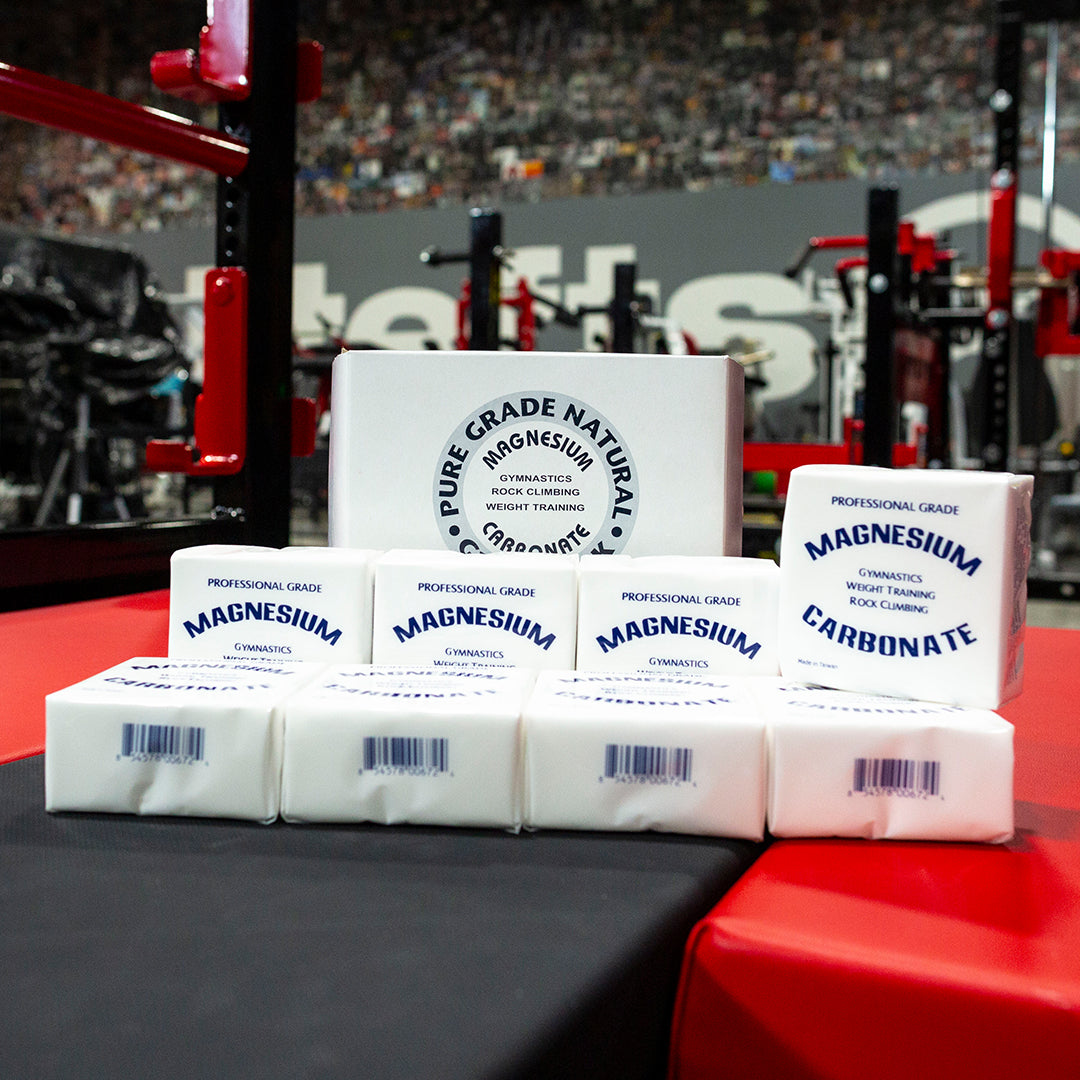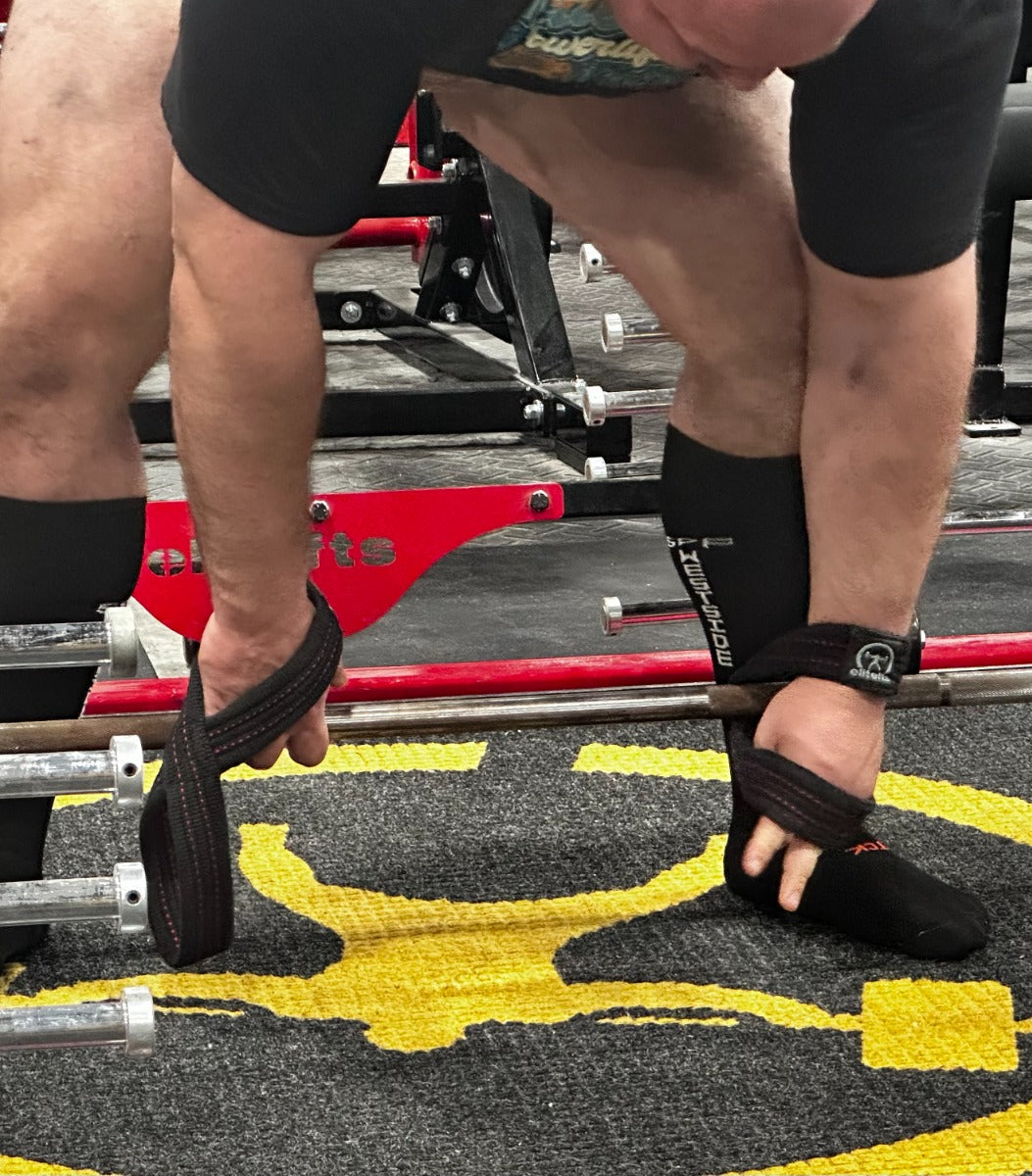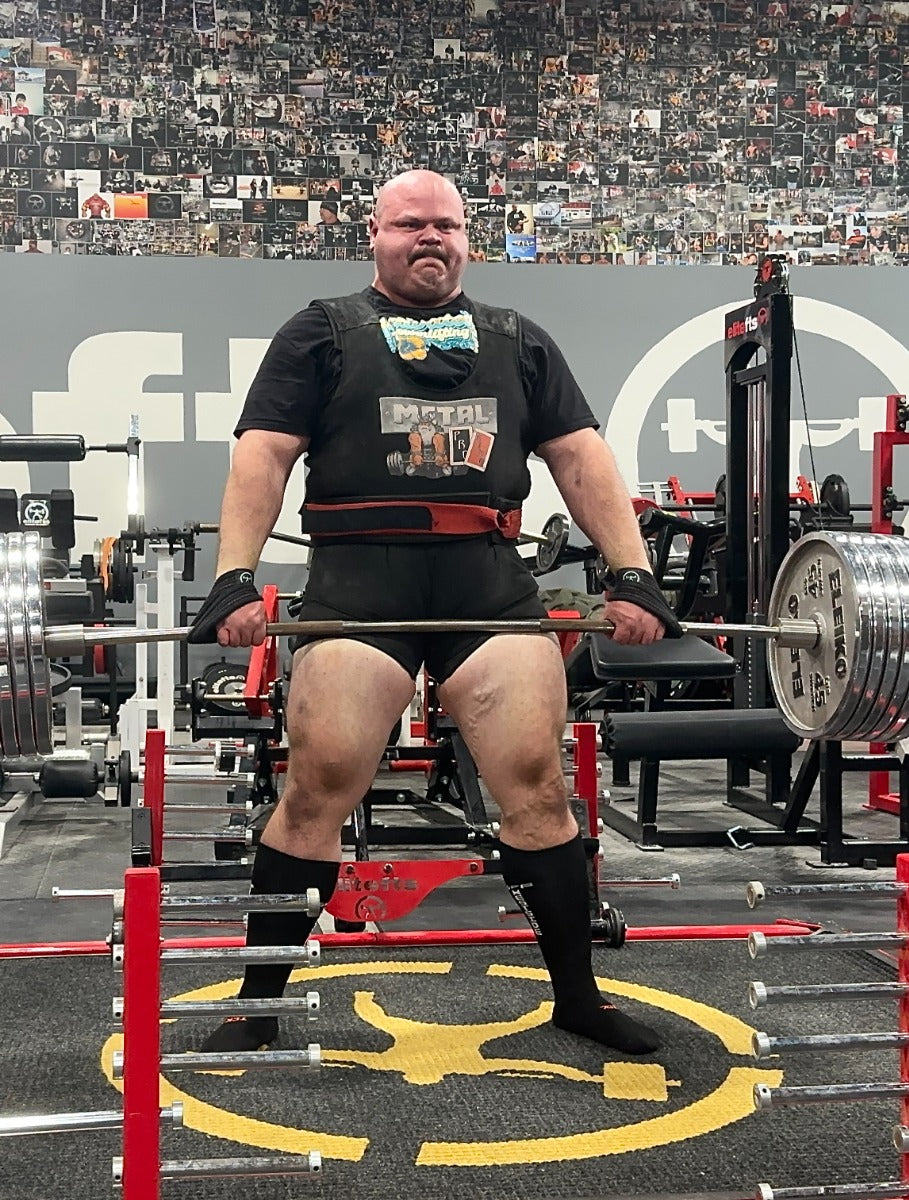Frustrated One of the most frustrating parts of my job is dealing with other peoples training issues. These come at me by phone, email and I have even got a few by text message. The good thing is it keeps me close to the core of our business so I can see what information is getting through and what is and is not working. Now here comes the frustrating part. Over the past few months we have increased our article count 2 and 3 times what it was last year at this time. We have been bringing in new writers that offer different material that can help us all. Some of these writers are power lifters and some are not. Some have different views on addressing weak points but in whole we all believe in the basic structure needed for strength training. This basic structure needs to be the foundation on where everything else grows from.
Foundation The articles and methods we have been posting and will continue posting are designed to build upon the core foundation, not take away from it. These fundamentals are what set us apart from the rest in the power lifting, strength and conditioning and personal training fields. These fundamentals are what brought us all together in the first place. These are how I met each and every one of the writers, Q and A members and just about every customer who has made their way to the site.
Confused? You shouldn't be. Most of you have been reading about these fundamentals for years BUT now I see many of them being lost in search of better ways. For example, you may read one Elite bencher write that they dropped speed bench and their bench went up. So you as the beginner or intermediate lifter drop speed benches because so and so does not do it anymore. What you seem to forget is so and so did speed benches to get to where he is, needs help with shirt work and has gotten so out of shape that he can recover from more than one session per week. In others words these readers do not see the whole picture.
One more example I happen to personally know of. My recovery program has been posted and I have already begun to get questions like, "Where is the speed work and where is the max effort work?" There is a very simple answer. How can you do these if you can"t move without pain? Fix the pain and get back in the game.
Integration What we are now bringing to the table is the advanced concepts that will integrate with the basics, not replace them! This integration is what has been missing from most training programs I have seen over the years. Not only do you need to know why this needs to happen but how it happens. You may have an athlete or yourself dealing with a serious injury and need to keep getting strong but also rehab your injury, INTEGRATION. You might decide to break from your power lifting for the summer to concentrate on mountain climbing, INTEGRATION. You might find yourself in a position that you need to cut weight for health reasons, INTEGRATION. You may work as a trainer and now find you have a client with a tore up shoulder, INTEGRATION. The list is endless but the key thing to remember is the core fundamentals might change to a degree but they still are core fundamentals that have to be addressed with all program design.
Aggressiveness I should apologize up front for the heavy aggressive tone this article will have because this is one topic that fires me up to no end. Just had lunch with Jackass and I think he purposely tried to get me going about this stuff before he left. Then again why apologize for something I have not said yet? I will keep writing and we will see if there is a need for it later on. For now lets assume it is safe to say if you don't like harsh statements then quit reading. See ya!
The Fundamentals Do I really need to get into the definition of fundamentals? I hope not! These are things we all know, have read a zillion times and should have a good understanding of. This is your wake up call or reminder that they are not basic training concepts, they are the most important concepts. Import to whom? I say to all and I am the one writing the article. If you have your own fundamentals that are better or disagree, great, send me your article and I will post it. If not then read on and deal with it. What makes me the authority? I'm not. Hell, I am not even a great lifter. I have competed for over 20 years in well over 100 meets, yet I am not the best. I have spoken with many of the greatest minds in strength and conditioning, yet I am not the smartest. I have known Louie Simmons for over 20 years training with him for more than 12, yet his knowledge is unparallel. I have spoken with and helped thousands of lifters, trainers and coaches with programming over the years, yet I have not spoken to them all. So what makes me the authority? Nothing! Only that I have a unique way of seeing it all and how it all fits together. I have studied strength as it works with people in the real world. I have seen what works Under the Bar. I know that some people respond better to speed training than others. I also know some people need more recovery that others and while one max effort movement may work well for one it may hurt another. This is stuff you pick up along the way. The one thing I know for sure is regardless of the programming you have to always keep one eye on the fundamentals.
Fundamental #1 - Dynamic Effort (speed training)
I can't count the number of times I have heard stuff like "speed training is old school", "speed training does not work", "speed training is only for those who are slow to begin with", "speed training is not for beginners" and about a hundred other reasons why people have tossed speed training to the curb. What the hell are these people thinking? I personally have seen speed training make a huge difference in everyone I have trained and everyone to ever walk into the doors of Westside. I have also seen speed training make a huge difference in the training and strength of many of the people who are saying to not do it. So why do they say to not do speed work?
The first question is to ask if this is really what they are saying. More times than not it is not what they are saying. When you probe deeper you will find many of them pulled speed training in exchange for SPP training (shirt work). They were injured and speed work made the injuries worse or they could not recover with two different training sessions per week so they only train one session per week. I agree for some people it may be better to spread the training cycle over 10-14 days instead of 7 and that backing off speed work for recovery can make a huge difference as long as what you exchange it with is not worse. I also see why they pull it for shirt work but more times than not their raw bench takes a hike in the process. While this does not matter in the short term it will make a huge difference in the long term. Lastly, they pull speed work in exchange for higher priority training.
I feel there are two reasons to pull speed work. The first is in exchange for a higher priority training need. If you have no idea how to wear a shirt then do shirt work. If you need to work on a torn pec then do your rehab. If mobility is a huge issue than do what you need to do. The second reason for no speed training is if your only training goal is to add muscle mass. In this case speed work will do nothing for you.
Lets take a close look at a couple of the so called other reasons. Beginners should not do speed work. Why! They are still going to squat right? Then what is better 2 or 3 sets or 8-10 sets with more first reps. The more first reps the better chance you have to develop better form. If you feel they need more muscle mass than add a few sets of 6-8 after the speed sets. Use the speed work as a primer for the work sets. Do you really think a few sets of 2 reps is going to inhibit their ability to add muscle mass? If they are in sports they need to be explosive. If you do not think their form is strong enough for dynamic work then first fix their damn form and second have them still do some type of dynamic work. It does not have to be dynamic squats or bench; they can do a bunch of other things like:
- Med Ball catch and Toss
- Plyo pushups
- Band Push Ups
- Box Jumps
- Squat Jumps
- Band Only Squats off band pegs
Many people think speed benches do not work but have never taken the percentage used into consideration. Just a few years ago getting 60-80 pounds out of a shirt was a great thing. Today it is a joke. There are lifters getting close to 300 pounds! The overall average is also higher because of the simple fact that the shirts are made better and lifters are learning how to use them to their best advantage. This needs to affect the training percentage of speed work. We used to say the range of 40-50% of your shirt max was best but now we have a problem. The shirt max is much higher and many lifters are actually weaker off the chest then they were years ago. I feel many have given up on speed work because they failed to adjust the percentage to accommodate their shirt bench. To be safe lets say 45-55% of your best raw bench should be used, and even less with bands and chains.
Speed work is a fundamental training concept. Get back in your program in one form or another and watch your training get back on track.
Keep in mind when you see lifters pulling speed training out of their program that they are Elite lifters who know their bodies and training better than anyone. If you are not at their level then do not pretend to know what you are doing. When you get to that point you will know what to do and not be told one way or another. Until then, get fast!
Fundamental #2 -Max Effort Training
Look it really is this simple. You need to lift maximum weights to get stronger. The max effort method of lifting weights in the 90% weight range for 1-3 reps is the best way to develop strength. There are many ways you can use and tailor this method to your training needs. I have seen lifters combine it on their dynamic day, only use it 2 times per month, use 3-5 reps instead on one, change movements every week and so on. There are many ways and cycles you can use but the bottom line is that it needs to be a part of your training program. Sure, if you are hurt then don't do it. This should not even be an issue that needs to be discussed, other than, grow a set of balls and start straining! Getting strong is not an easy process and no one ever said it would be. You are going to have to do things that take you out of your comfort zone, pretty much every session. So realize it or get out. If you can't handle the fact that you need to strain hard then there is a place for you called the "cardio room".
Fundamental #3 - Heavy Accessory Training
Do you really think 30 pound dumbbell extensions with a slow tempo will make you stronger? Give me a break! 30 pounds! If you did 10 reps with 2 dumbbells (one in each hand for those of you who can't follow this) at 30 pounds then you have just done a total workload of 600 pounds. This used to be a good max in the bench press. Now if you used the 80s for 10 reps you would have a 1600lb workload. Now who will be stronger? Pretty damn simple don't you think. So why are so many people lazy? In my mind they are not lazy, they are just doing too much. If you are busting ass then 3-4 movements per session will kill you. If you are doing 6-7 then guess what? You are bodybuilding not building strength. Leave the pump in the bedroom and add some damn weight to the bar.
Fundamental #4 - Extra Workouts
I am almost scared to write this because I have seen two sides of this issue. First is the guy who does 1000 sessions per week and is overtraining to the point of being 1-hour from death. Then there are the lifters who do nothing else. If you think 3 to 4 days in the gym is going to do it you are dead wrong! You need extra sessions. These sessions are not what people think. Stretching every morning is an extra workout. Walking 20 minutes 3 times per week is an extra workout. A few sets of reverse hyperextensions is an extra workout. There have been countless articles on this and Louie Simmons has a few on his site that are very good. For the purpose of this article let me say if you can't walk 50 yards without turning red and breathing hard then guess what? You need to walk a few times per week. You may say you don't care about your health because you have a meet coming up. Fine, I understand this because I lived this way for years. I agree with 3-4 weeks to the meet and you are big bloated and stronger than ever the last thing on your mind is health. Who cares when you know there are huge PRs down the road. BUT, think about this. If you are beat red and can't breath then this is a sure sigh that your body is having a hard time processing oxygen. How in the hell are you supposed to recover from your training efficiently if your body is not working as it should? If you cant process nutrients and oxygen then you are basically working in overtime to get the job done. So add in some extra sessions of walking down the street and back. I am not saying go out and walk a mile.
A second scenario is if you are getting beat up then add in recovery sessions to aid in your training. This could be any form of active or passive recovery methods. I won't write much on this one because I did not take my own advice and now have to do some of the dumbest training exercises of my life to try to get my body working again.
Fundamental #5 - Technique training
How simple is this? Learn proper technique and do it every time. You think your form is perfect? Guess what, it needs work! We all need work! Why is it that any squat workout at Westside Barbell I see one lifter and three to four others guys giving verbal cues and coaching him through every lift then when I see other lifters training there is none of this? Do they or you really think you have perfect form? For the power lifters, technique work is our SPP (specific physical preparedness). This with using and learning gear is the only real skill aspect of our sport. We are the role models for all others on how to squat, bench press and dead lift. We need to be where everyone else looks for advice on how to do these lifts. We have to be the experts because this is what we do. This is our sport so get off your ass and fix your form and technique. If your training partner has bad form then do your damn job and tell him. If he squats 3 inches high, tell him.
Fundamental #6 - Gaining Weight
Just about everyone I see, outside of Elite lifters all have the same complex. They do not want to gain weight because they want to stay in the same weight class. I remember speaking with an old training partner of mine, Bob Whal. Bob told me a story of him lifting against Ed Coan many years ago in one of the USPF Senior Nationals. I am not sure but I think Ed beat him and this was one of Ed's first nationals. Bob lifted in the 148 and 165 pound weight classes. Over the years Ed has competed in all weight classes up to the 275 pound class. Now what if Ed stayed in the lower classes? He would still have been very strong but would he have become the lifter he is known as today? The advice is very simple and you will hear the same story from every top lifter. If you are a beginner or intermediate lifter than keep gaining weight as you get stronger. Why make the process harder than it already is? The easiest way to get strong is to train your ass off and gain weight. Yes, you will get to a point where you get stuck and can't see to move up in strength regardless of what you do. By this I mean stuck for a year or so and usually well after you totaled your first Elite. At this point you drop down a weight class and make your self more competitive.
Fundamental #7 - Go at weak points indirectly
My bench is stuck so I need to do more benching. My squat sucks so I added in more squatting. Okay, we all know this is bullshit training. We have all tried it and it did not work. To fix a sticking point you need to sneak up on it, indirectly. You need to think outside of the main lift to get it to increase. Here is an example from a question off our Q and A from a David Beker. Question:
8/26/2005 - David Beker I hope you guys can help me out. Tricep extensions used to really make my bench go up and now whatever I do I can't get my extensions to do anything but kill my elbows and my bench has not moved.
Answer:
David, The tricep extension is always one movement I can count on to get my bench to move but there are a few things you need to remember with the extension or you will pay the price.
Overuse Your elbow pain is an overuse injury from using the same movement for too long. Wave these in and out of your program.
Grip Change up your wrist position for each three week wave you use. Example, dumbbell extensions with thumb down for three week then barbell with thumbs in for three weeks. This changes the stress on the triceps but also keep the movement pattern mixed up causing less over use to the elbows and triceps.
Balance I hate to speak about muscle balance because I think much of it is horse shit but in this case it is not. Extensions are elbow extensions. Now how many benchers do any elbow flexion (curls)? Not very many. How many complain of elbow pain with extensions? Most of them. With this in mind always consider the grip. You never do reverse grip extensions. You could but you have balls of steel to go heavy on them. With this being the case the use for barbell curls are limited. Now if you are doing dumbbell extensions then hammer curls would be a good addition. If you are doing barbell extensions then reverse curls will work. You do not need some stupid ration like 1:1 or 2:1 or 100231:67733 or any other crap like that. Just add a few sets at the end of your workout each time you do extensions.
For me the heavier my extensions, JM press or carpet press, the better my bench was. If these movements got stuck I had to look at why they were stuck. Some of the reasons of this for me were:
Eccentric strength I could lower the heavier weight where it needed to be then I would end up cheating and placing the stress where it did not need to be. To correct this I used the curls described above.
Elbow flair If my elbow would flair out 1/2 way then I would miss the rep or rack the weight because I was done. If this happens then it is not my triceps that gave out but my rotators that could not keep my shoulders in position. Solution was to strengthen the cuff and my extensions would go up then leading to my bench going up.
Chains I also found chains for extensions were the best way to do them. They place a ton of stress and weight at the top while making it less stressful at the bottom.
For now, rest your elbows and then get back in the game.
Now you know and have been reminded of the basic fundamentals. When you see articles about hip mobility, pec and shoulder rehab, anaerobic endurance, programming and organization of training and many others we have in the pipeline keep in mind that all the fundamentals are an agreed on, understood part of the process. There may be times you have to get away from some of them in exchange for higher priority training aspects BUT you must always return if you expect the best from your training program.

